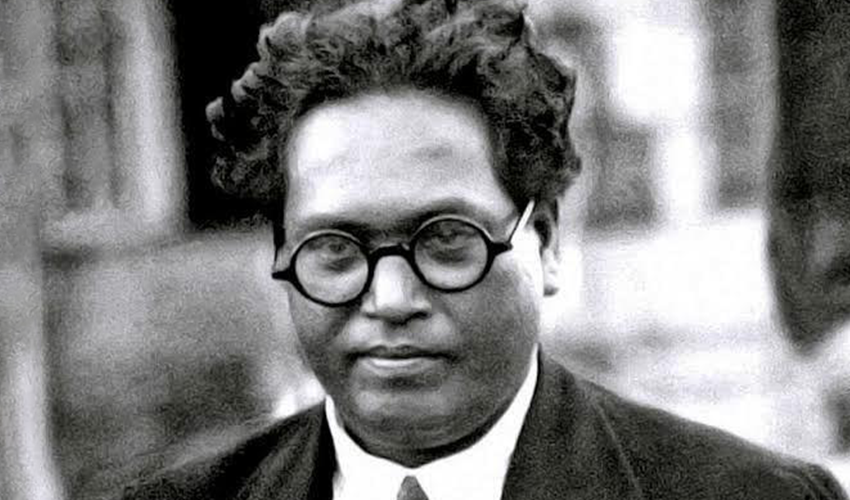
Every year, on the 14th of April, when thousands of Indian Ambedkarites throng to numerous statues of Dr BR Ambedkar to celebrate Bhim Jayanti, Ambedkar’s Birth Anniversary, Ambedkarites in New York gather around a bronze bust in the Lehman Social Sciences Library, at his alma mater Columbia University. It was at Columbia that Ambedkar spent many of his formative years, first completing his Master in Arts and, ultimately, his Ph.D. But what impact did studying in New York have on a young Ambedkar’s mind?
“The best friends I have had in life were some of my classmates at Columbia and my great professors, John Dewey, James Shotwell, Edwin Seligman, and James Harvey Robinson,” Ambedkar writes of his time in New York (he has also quoted Dewey extensively in his groundbreaking text Annihilation of Caste, referring to him as “my teacher… to whom I owe so much”). It was in 1913 that Ambedkar first found himself at Columbia. He had just completed his BA from Elphinstone College in Bombay and joined the Baroda Armed forces as a Lieutenant, a post that he left upon receiving news of his father’s death.
However, Ambedkar had managed to secure one of the two scholarships instituted for backward-class students by the then Maharaja of Baroda, Sayajirao III, to study abroad. And so, he made his way to New York. “It was here that Ambedkar came to shape his learning and perspectives, from great teachers such as John Dewey, Edwin Seligman and AA Goldenweiser,” writes Valerian Rodrigues in his introduction to the Essential Writings of B.R Ambedkar. In fact, Rodrigues continues, “Columbia University itself was in the throes of major institutional refocusing during this period, in an attempt to cultivate leaders and professionals for the great American society of the future. Social scientific knowledge was perceived as a reliable guide for the formulation of appropriate policy measures,” writes Rodrigues. Ambedkar would complete his Masters in Arts from Columbia with a dissertation titled Administration and Finance of East India Company and then ultimately his PhD: National Dividend: A Historical and Analytical Study.
It was also at Columbia, writes Aakash Singh Rathore, from whose book we have carried an excerpt below, that Ambedkar was in the “first-stages” of a “life-long obsession with collecting books”. The written word, in Ambedkar’s life, was obviously paramount. “Ambedkar privileged the written word… In a culture that was largely oral, the written word gave him a distinctiveness which earlier the upper castes in general and Brahmins, in particular, had tended to usurp. The written word enabled him to reach out to a larger world, conferring some degree of permanence or immortality and allowing him to usurp some of the Brahmanical authority,” Rodrigues writes.
The many public libraries in New York also made Ambedkar realise their lack back home, in erstwhile Bombay. “So impressed was Ambedkar with the (New York) public library that upon learning of the death of Sir Pherozeshah Mehta in Bombay, and the Bombay municipality’s plan to prominently erect his statue, Ambedkar shot off a provocative letter from New York to the Bombay Chronicle, the English-language weekly that Mehta had himself launched in 1910,” writes Rathore.
“It is unfortunate that we have not as yet realised the value of the library as an institution in the growth and advancement of a society. But this is not the place to dilate upon its virtues. That an enlightened public as that of Bombay should have suffered so long to be without an up-to-date public library is nothing short of disgrace and the earlier we make amends for it the better,” his letter reads.
It was also at Columbia that Ambedkar was introduced to the groundbreaking thesis of Franz Boas (often referred to as the ‘Father of American Anthropology’) in the four Anthropology courses Ambedkar took under AA Goldenweiser. “One of the primary features of Boas’ approach,” writes Rathore, “was his flat rejection of racial typologies which were so popular in late 19th-century anthropology. These racialist theories attributed fixed mental and physical characteristics to specific races. Boas (and indeed Dewey and Goldenweiser) rejected race as the dominant characteristic of a people and emphasised far more malleable and conditional characteristics such as culture, history and psychology instead.”
This Boasian influence is very much evident in Ambedkar’s first major scholarly publication— Castes in India: Their Mechanism, Genesis and Development. Rathore writes, “Rejecting the standard explanation of the racial origins of caste popular in colonial ethnography (i.e. a consequence of Aryan invasions wherein the darker-skinned earlier inhabitants were subjugated) and rejecting the dominant sociological claim that caste was maintained through a hierarchy of purity and pollution, Ambedkar boldly asserted that the essence of caste was the control of women’s sexuality – foremost, the practice of endogamy.”
And here is Ambedkar on the subject:
“You may pass a law that all cats are dogs, just as you can call a means an end. But you can no more change the nature of means thereby than you can turn cats into dogs; consequently I am justified in holding that, whether regarded as ends or as means, Sati, enforced widowhood and girl marriage are customs that were primarily intended to solve the problem of the surplus man and surplus woman in a caste and to maintain its endogamy. Strict endogamy could not be preserved without these customs, while caste without endogamy is a fake.”
To know more about how Ambedkar’s time in New York and at Columbia University shaped his thoughts and life, read this excerpt from Rathore’s Becoming Babasaheb: The Life and Times of Bhimrao Ramji Ambedkar: Birth to Mahad (1891-1929).

A young Ambedkar during his Columbia University days. Wikimedia Commons.
Young Ambedkar’s emerging academic understanding of caste was helping him give systematic expression to his many prior years of the lived experience of systemic caste prejudice. Alongside and as impetus to this were also his widening experiences regarding issues of race, class and gender. To some extent, this new exposure was a result of his coursework at Columbia. But much of this exposure came more concretely, from treading the streets of upper Manhattan and Harlem.
Describing his usual New York day, Ambedkar emphasized that the vast majority of his time, some 18 hours daily, was spent on campus, either attending lectures and seminars, or otherwise working in Columbia University’s magnificent and exceptionally-stocked Low Library. But he often ate off of campus, opting to eat only one meal per day to save both time and money. For food he spent on average $1.10 daily, which would buy him a cup of coffee, two muffins, and either a meat or a fish dish. He was on a tight budget. New York City living was not cheap, and he had to send money home to his family as well. But that was not all. His voracious reading habit, that had been cultivated in young Ambedkar within the shadow thrown by the Bombay-gothic tower of Elphinstone, had only grown stronger atop the grand staircase of the Roman-neoclassical library of Columbia. Ambedkar was now in the first stage of what would turn out to be a life-long obsession with collecting books. He spent all the leisure time that he had browsing Manhattan’s numerous second-hand book shops and sidewalk stalls, amassing a personal library of some 2000 volumes during his three-year stay.
The quest for books led young Ambedkar out of upper Manhattan down to 42nd street on Fifth Avenue, where the imposing beaux-arts styled New York Public Library had recently opened its doors, and opened them to all – including to black people and to women. So impressed was Ambedkar with the public library that upon learning of the death of Sir Pherozeshah Mehta in Bombay, and the Bombay municipality’s plan to prominently erect his statue, Ambedkar shot off a provocative letter from New York to the Bombay Chronicle, the English-language weekly that Mehta had himself launched in 1910. Ambedkar, fresh from another inspiring visit to the New York Public Library, argued in his letter that erecting a public library in Bombay instead of a ‘trivial and unbecoming’ statue would be a far better tribute to the memory of this great man:
It is unfortunate that we have not as yet realized the value of the library as an institution in the growth and advancement of a society. But this is not the place to dilate upon its virtues. That an enlightened public as that of Bombay should have suffered so long to be without an up-to-date public library is nothing short of disgrace and the earlier we make amends for it the better. There are some private libraries in Bombay operating independently by themselves. If these ill-managed concerns be mobilized into one building, built out of the Sir P.M. Mehta memorial fund and called after him, the city of Bombay shall have achieved both these purposes.
It is unfortunate that we have not as yet realized the value of the library as an institution in the growth and advancement of a society. But this is not the place to dilate upon its virtues. That an enlightened public as that of Bombay should have suffered so long to be without an up-to-date public library is nothing short of disgrace and the earlier we make amends for it the better. There are some private libraries in Bombay operating independently by themselves. If these ill-managed concerns be mobilized into one building, built out of the Sir P.M. Mehta memorial fund and called after him, the city of Bombay shall have achieved both these purposes.
The week following Pherozeshah Mehta’s death in Bombay, Booker T. Washington died in Tuskegee, Alabama. Washington, who had been born into slavery, was the most prominent Southern black activist of his day. As Principal of the Tuskegee Institute and author of a best-selling autobiography, Up From Slavery, Washington’s work and writings would have been well known to Ambedkar. Indeed, he would have heard his name prior to reaching America given that his patron, Maharaja Sayajirao Gaikwad, had long before taken to referring to the great social reformer Jotirao Phule, author of Gulamgiri (or, Slavery) as ‘India’s Booker T. Washington’.
The streets of upper Manhattan were beginning to buzz with a new black consciousness that expressed itself not only socio-politically – as for example with the writings and activism of W.E.B. DuBois and the National Negro Committee (which would soon become the NAACP) – but also aesthetically, with emerging literary, theatrical and musical innovations that would set the stage for the later Harlem Renaissance.
Besides his letter to the Bombay Chronicle, Ambedkar sent off numerous letters to family and friends in India during his stay in New York. The letters show that Ambedkar was as attuned to issues regarding gender as he was to those regarding race. One worth mentioning was addressed to a friend of his father, a retired Jamedar of the Indian army, also from the Mahar caste. In it, he implored the recipient – who was the father of a young girl gaining notoriety for having made it all the way to 4th standard in school, unheard of for a Mahar girl – to preach the idea of education to anyone from their community who was willing to listen to him. Ambedkar wrote that he should continue the education of his daughter, and that the entire community would progress more quickly if males and females were educated side-by-side, with no difference between them.
This letter, too, can be seen to reflect the environment Ambedkar now found himself in. For, alongside the emergence of a new black consciousness, New York City was also buzzing with the tireless activism of suffragists demanding the enfranchisement of women in America. And some of the most dynamic of these suffragists were young Ambedkar’s fellow Columbia classmates – and some, as luck would have it, turned out to be his favourite professors.
This letter, too, can be seen to reflect the environment Ambedkar now found himself in. For, alongside the emergence of a new black consciousness, New York City was also buzzing with the tireless activism of suffragists demanding the enfranchisement of women in America. And some of the most dynamic of these suffragists were young Ambedkar’s fellow Columbia classmates – and some, as luck would have it, turned out to be his favourite professors.
The summer just prior to Ambedkar’s arrival at Columbia, his soon-to-be classmate, Chinese-born Mabel Ping-Hua Lee was one of fifty horse-back suffragettes leading a procession of 10,000 people up Fifth Avenue to Carnegie Hall. Among those marching were Ambedkar’s future philosophy professor John Dewey and his future economics professor Vladimir Simkhovitch. In the spring of 1914, Lee published, in a campus paper, an article entitled ‘The Meaning of Woman Suffrage’, advocating for equality of educational opportunities and the economic liberation of women. In terms identical to those Ambedkar would himself utter frequently in his later speeches, Lee referred to ‘equality of opportunity’ as the essence of ‘democracy’. To her, feminism meant ‘nothing more than the extension of democracy or social justice and equality of opportunities to women’.
Lee, supervised by Simkhovitch, and Ambedkar, supervised by Seligman, were together enrolled in the course leading toward the PhD in economics at Columbia’s Graduate School of Arts and Sciences. Later, Mabel Lee would become the first Chinese woman to earn a doctorate in economics in the United States, just as Ambedkar was one of the first Indians (and certainly the first Dalit) to do so.
Vladimir Simkhovitch, apart from being Lee’s doctoral supervisor, was one of the world’s leading experts in socialist economics and Marxist thought. Ambedkar enrolled in his Econ 114 (Marx and Post-Marxian Socialism), Econ 303 (Seminar on Political Economy), Econ 109 (History of Socialism), Econ 242 (Radicalism and Social Reform), and Econ 119 (Economic History) – that’s five full courses on Marxism and socialism! At least for some of these courses, if not out of wider interest, Ambedkar would have had to have purchased some of Marx’s original writings; books by Marx must have been among the 2000 volumes that he had acquired while in New York. As we will later learn, the vast majority of these 2000 books never made it back with Ambedkar to India. Several of them, such as the writings of John Dewey, Ambedkar subsequently repurchased elsewhere. But curiously, we can find none of Marx’s books among Ambedkar’s extant library. It seems that his later experience with Brahmanical Indian Marxists so soured Ambedkar’s view of Marx that he never even bothered to replace his lost books.

John Dewey (left) and Edwin Seligman (right). Ambedkar’s professors at Columbia University.
One book that Ambedkar purchased in New York that clearly made it with him to India, as apparent from his inscription, was Mrs Rhys Davids’ Buddhism: A Study of the Buddhist Norm (first published in New York in 1912). This book focused on the most ancient, Pali sources of the Buddhist tradition. Ambedkar inscribed the first page in his hand, ‘Columbia Varsity, New York’, and then later on the right-hand side adjacent to it, ‘Bombay, India’. The book and its inscription both show a continuity of his interest in Buddhism, initiated by Dada Keluskar years before.
Of course, Ambedkar’s main focus of study, and the degree toward which he was working, was economics. The study of ancient Buddhism proved useful toward the first iteration of his Master’s thesis, entitled ‘Ancient Indian Commerce’, which may have first been written up as an original research paper for submission as a component of the MA examination. About 75 pages of this manuscript are extant, first covering the trade and commercial relations of ancient India with ancient Egypt, west and east Asia, and then the Greeks and the Romans. Ambedkar strikes a proud, nationalist tone in the work, citing sources to emphasize the superior science, technology and splendours of ancient India over ancient Europe:
It is in the orient, especially in these countries of old civilization, that we must look for industry and riches, for technical ability and artistic productions, as well as for intelligence and science, even before Constantine made [the Roman empire] the centre of political power. Nay, all branches of learning were affected by the spirit of the orient, which was her superior in the extent and precision of its technical knowledge, as well as in the inventive genius and ability of its workman.
It is in the orient, especially in these countries of old civilization, that we must look for industry and riches, for technical ability and artistic productions, as well as for intelligence and science, even before Constantine made [the Roman empire] the centre of political power. Nay, all branches of learning were affected by the spirit of the orient, which was her superior in the extent and precision of its technical knowledge, as well as in the inventive genius and ability of its workman.
Remember that Ambedkar was by now thoroughly familiar with the political, economic, and intellectual history of classical Europe and Ancient Rome, so his claims regarding ancient India’s technical superiority were not merely rhetorical.
‘Ancient Indian Commerce’ then goes on to treat of India’s commercial relations in the Middle Ages, covering industry, trade and commerce throughout the rise of Islam and the expansion of western Europe. The next couple of chapters are missing, and the extant thesis ends with a chapter entitled ‘India on the Eve of the Crown Government’. In this chapter, too, Ambedkar exhibits a fierce nationalism, excoriating British imperialism and taking to task historians of British India who misrepresent the achievements of India prior to the arrival of the British: ‘Not only have they been loud in their denunciation of the Moghul and the Maratha rulers as despots and brigands, they cast slur on the morale of the entire population and their civilization’. What follows are 20 pages of argument and evidence, replete with tables, graphs and charts, of how India systematically contributed to the prosperity of Britain, while itself consistently degenerated, being beaten down and sucked dry.
This tour-de-force of Indian nationalist commercial and economic history then concludes with these damning words:
The supplanters of the Moghuls and the Marathas were persons with no better moral fiber, and the economic condition of India under the so-called native despots was better than what it was under the rule of those who boasted being of superior culture. It is with industries ruined, agriculture overstocked and overtaxed, with productivity too low to bear the high taxes, and with few avenues for display of native capacities, the people of India passed from the rule of the Company to the rule of the Crown.
The supplanters of the Moghuls and the Marathas were persons with no better moral fiber, and the economic condition of India under the so-called native despots was better than what it was under the rule of those who boasted being of superior culture. It is with industries ruined, agriculture overstocked and overtaxed, with productivity too low to bear the high taxes, and with few avenues for display of native capacities, that the people of India passed from the rule of the Company to the rule of the Crown.
American academia was far more accommodating of this magnitude of critique of British imperialism than either British or Indian universities were. Nevertheless, for reasons still unknown to us, Ambedkar abandoned the topic of ancient Indian commerce as his MA thesis, and instead drafted and submitted a much more technical, scope-limited, and positivist text entitled ‘Administration and Finance of the East India Company’. The most likely explanation is that Professor Edwin Seligman had been assigned as Ambedkar’s supervisor, and Seligman was a no-nonsense, technical economist, who viewed the subject of economics as a fact-based, impartial ‘science’. Seligman taught Ambedkar ‘the Science of Finance’, and was averse to the introduction of subjective viewpoints. As Seligman would write 10 years later in a Preface to Ambedkar’s published Ph.D., ‘The value of Mr. Ambedkar’s contribution to this discussion lies in the objective recitation of the facts and the impartial analysis…’.
The officially-submitted thesis, at only 45 pages in length, avoided speaking of history at all (the opening line reads: ‘Without going into the historical development of it…’), and was more restrained in claims regarding the systematic cultural destruction and impoverishment of India by the British. Nevertheless, in the end, Ambedkar exhibits the irrepressibility of his innate need to call out injustice, and closes the thesis with these reproaching words:
It remains, however, to estimate the contribution of England to India. Apparently the immenseness of India’s contribution to England is as astounding as the nothingness of England’s contribution to India….England has added nothing to the stock of gold and silver in India; on the contrary, she has depleted India—‘the sink of the world’.
It remains, however, to estimate the contribution of England to India. Apparently the immenseness of India’s contribution to England is as astounding as the nothingness of England’s contribution to India… England has added nothing to the stock of gold and silver in India; on the contrary, she has depleted India—‘the sink of the world’.
The thesis was accepted by Seligman and passed, and on 02 June 1915 Ambedkar was awarded the degree of Master of Arts in Economics. He had completed the requisite 30 credit hours for the M.A., but 60 credit hours were required for a doctorate. He thus continued in his coursework and in his research and writing, and from that point on, all the credits were counted toward the completion of his Ph.D.
Ambedkar continued working on the ‘science of finance’ as the subject of his doctoral dissertation under Seligman at Columbia. The tentative title for his Ph.D. thesis was ‘The National Dividend of India’, a historical and analytical study of Indian finance. But interestingly, following the award of his M.A. in economics, nearly every course that Ambedkar enrolled in as credit toward his Ph.D. in economics were non-econ courses. After the summer of 1915, Ambedkar took only one economics course (econ 183, on Railways); all of the rest were in languages (French and German), History (4 courses), Philosophy (4 courses), Politics (1 course), and Anthropology (4 courses).
All four of these Anthro courses were taught by Alexander Goldenweiser, himself a student of Franz Boas, the ‘father of American anthropology’. Boas also taught Anthropology at Columbia, in fact he co-taught a course with his friend John Dewey during the same semester that Ambedkar was attending Dewey’s philosophy course. In short, there is no doubt that young Ambedkar was exposed to the modern anthropological method of Boas. One of the primary features of Boas’ approach was his flat rejection of racial typologies which were so popular in late 19th-century anthropology. These racialist theories attributed fixed mental and physical characteristics to specific races. Boas (and indeed Dewey and Goldenweiser) rejected race as the dominant characteristic of a peoples and emphasized far more malleable and conditional characteristics such as culture, history and psychology instead.

Dr. BR Ambedkar presiding over the joint Columbia Bicentennial – American Alumni Banquet at National Sports Club of India, New Delhi, October 30, 1954. Columbia University.
In May 1916, Ambedkar wrote an extensive and innovative research paper for one of Goldenweiser’s general ethnology courses, where the influence of Boas’ ideas against racial fixity is clear. In addition to opposing a basic Marxist tenet about class antagonism that Ambedkar learned from Simkhovitch’s courses, also discernable within the paper are many echoes of Ambedkar’s everyday experiences regarding race and gender from his wanderings away from campus. In the paper, entitled ‘Castes in India: Their Mechanism, Genesis and Development’, Ambedkar argued that caste was a distinct social category that could not be accounted for either by theories of race or by class antagonism. Rejecting the standard explanation of the racial origins of caste popular in colonial ethnography (i.e. a consequence of Aryan invasions wherein the darker-skinned earlier inhabitants were subjugated) and rejecting the dominant sociological claim that caste was maintained through a hierarchy of purity and pollution, Ambedkar boldly asserted that the essence of caste was the control of women’s sexuality – foremost, the practice of endogamy.
In the paper, entitled ‘Castes in India: Their Mechanism, Genesis and Development’, Ambedkar argued that caste was a distinct social category that could not be accounted for either by theories of race or by class antagonism. Rejecting the standard explanation of the racial origins of caste popular in colonial ethnography (i.e. a consequence of Aryan invasions wherein the darker-skinned earlier inhabitants were subjugated) and rejecting the dominant sociological claim that caste was maintained through a hierarchy of purity and pollution, Ambedkar boldly asserted that the essence of caste was the control of women’s sexuality – foremost, the practice of endogamy.
Ambedkar was exceptionally proud of the work. A year later, it became his first scholarly publication, appearing in the professional journal The Indian Antiquary. Later, when publishing his Ph.D. dissertation as a book, he is described on the title page as the ‘author of Castes in India’. Years later, in 1944, when he was publishing a third edition of his explosive essay Annihilation of Caste, he revealed that the third edition had been delayed for so long after the print run of the 1937 second edition was exhausted because he had been trying to find the time to recast Annihilation of Caste ‘so as to incorporate into it another essay of mine called Castes in India’. Indeed, even Ambedkar’s latest writings from the 1950s, when he was nearing the end of his life, referenced assertions that he had first posited as a young doctoral candidate at Columbia.
In many ways, Ambedkar’s ‘Caste’ paper captured everything other than ‘the science of finance’ that Ambedkar had learned and discovered, both on and off campus, during his three formative years in New York. The formal structure of this rich education was giving shape to his profound lived experiences being Dalit – all of those childhood experiences that he had written about in his autobiographical fragments, Waiting for a Visa – forging an uncommon and unprecedented concatenation of events that helped to make Ambedkar the extraordinary person that he was.
This excerpt has been reproduced with permission from Aakash Singh Rathore from the book Becoming Babasaheb: The Life and Times of Bhimrao Ramji Ambedkar: Birth to Mahad (1891-1929) written by Aakash Singh Rathore. All rights reserved. Unauthorised copying is strictly prohibited. You can buy the book here.
Aakash Singh Rathore is a philosopher of international repute and the author of eight books (including Ambedkar’s Preamble: A Secret History of the Constitution of India (Vintage/Penguin, 2020). He is also India’s number 3 Ironman triathlete and has finished five gruelling Ironman Triathlons, known as the world’s most difficult one-day sporting event. Rathore has previously taught at the Jawaharlal Nehru University, the Universities of Delhi, Rutgers, Pennsylvania, Toronto, Humboldt Berlin, LUISS-Rome, and O.P. Jindal Global University. He is an International Fellow of ETHOS, Rome, and a Fellow at the Indian Institute of Advanced Study, Shimla.
| 2500 BC - Present | |
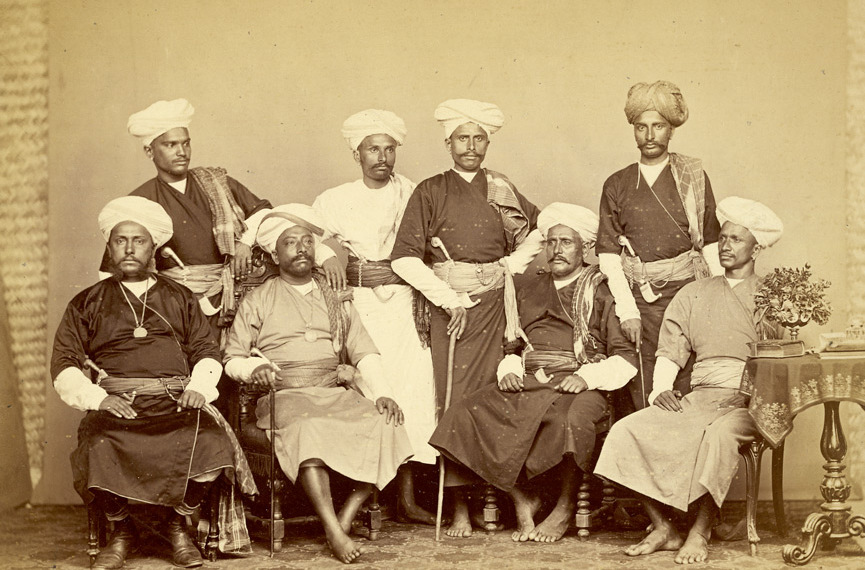
|
2500 BC - Present |
| Tribal History: Looking for the Origins of the Kodavas | |
| 2200 BC to 600 AD | |
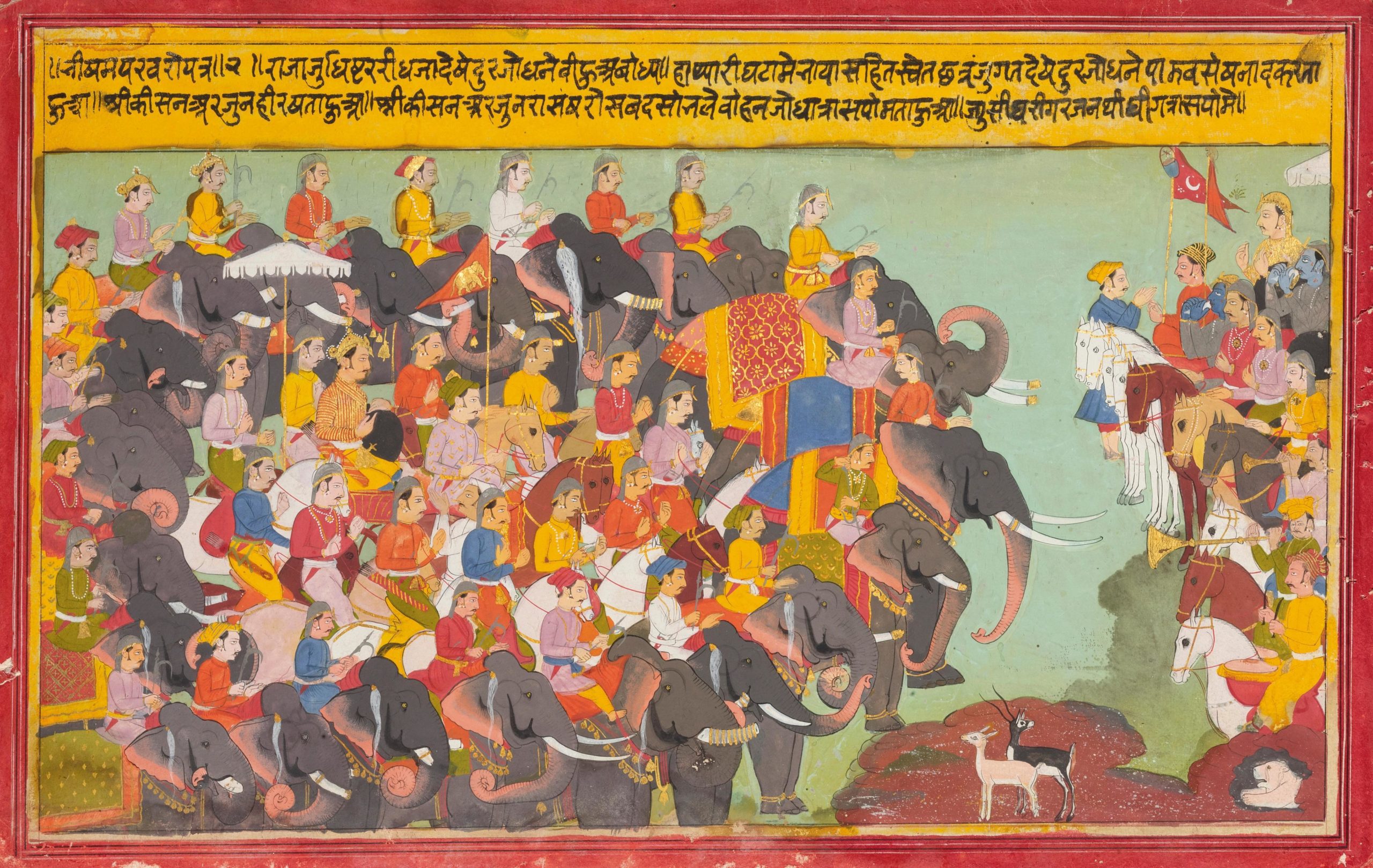
|
2200 BC to 600 AD |
| War, Political Violence and Rebellion in Ancient India | |
| 400 BC to 1001 AD | |
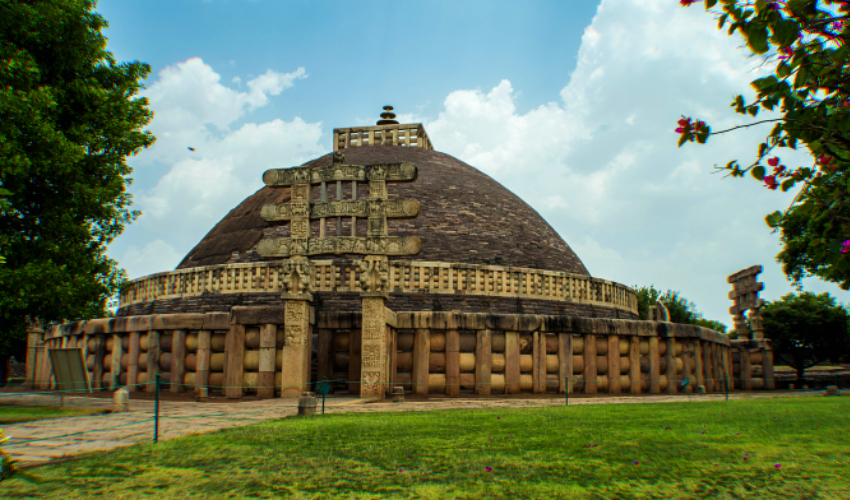
|
400 BC to 1001 AD |
| The Dissent of the ‘Nastika’ in Early India | |
| 600CE-1200CE | |
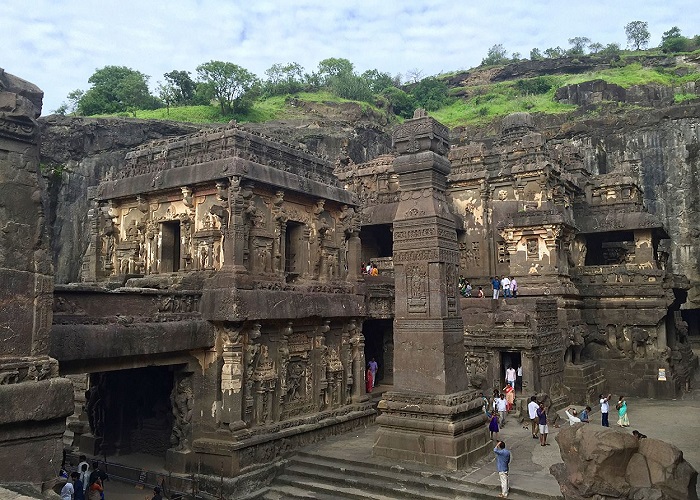
|
600CE-1200CE |
| The Other Side of the Vindhyas: An Alternative History of Power | |
| c. 700 - 1400 AD | |
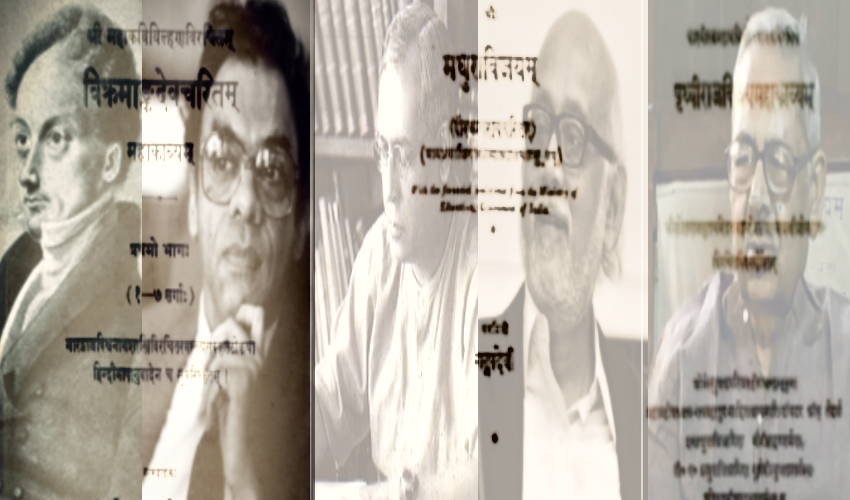
|
c. 700 - 1400 AD |
| A Historian Recommends: Representing the ‘Other’ in Indian History | |
| c. 800 - 900 CE | |

|
c. 800 - 900 CE |
| ‘Drape me in his scent’: Female Sexuality and Devotion in Andal, the Goddess | |
| 1192 | |
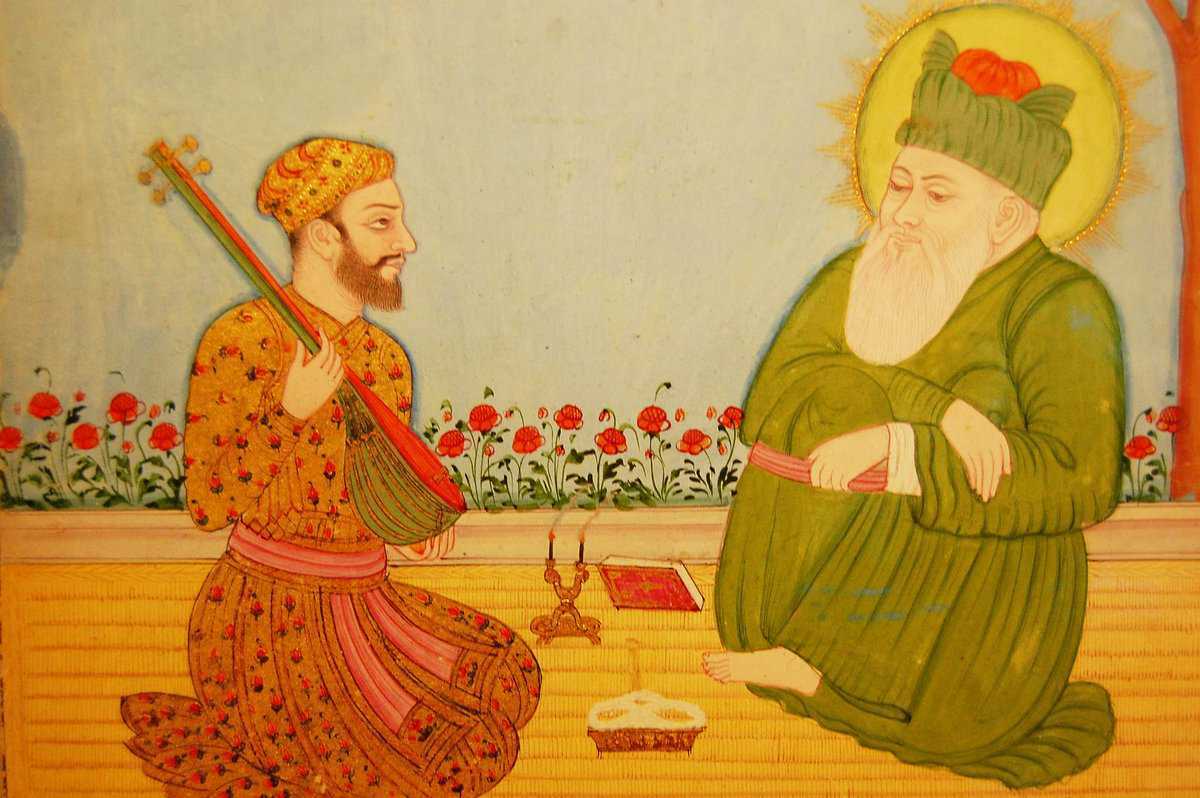
|
1192 |
| Sufi Silsilahs: The Mystic Orders in India | |
| 1200 - 1850 | |
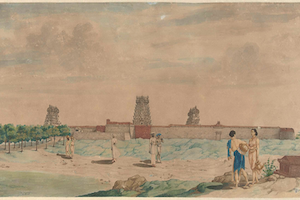
|
1200 - 1850 |
| Temples, deities, and the law. | |
| c. 1500 - 1600 AD | |
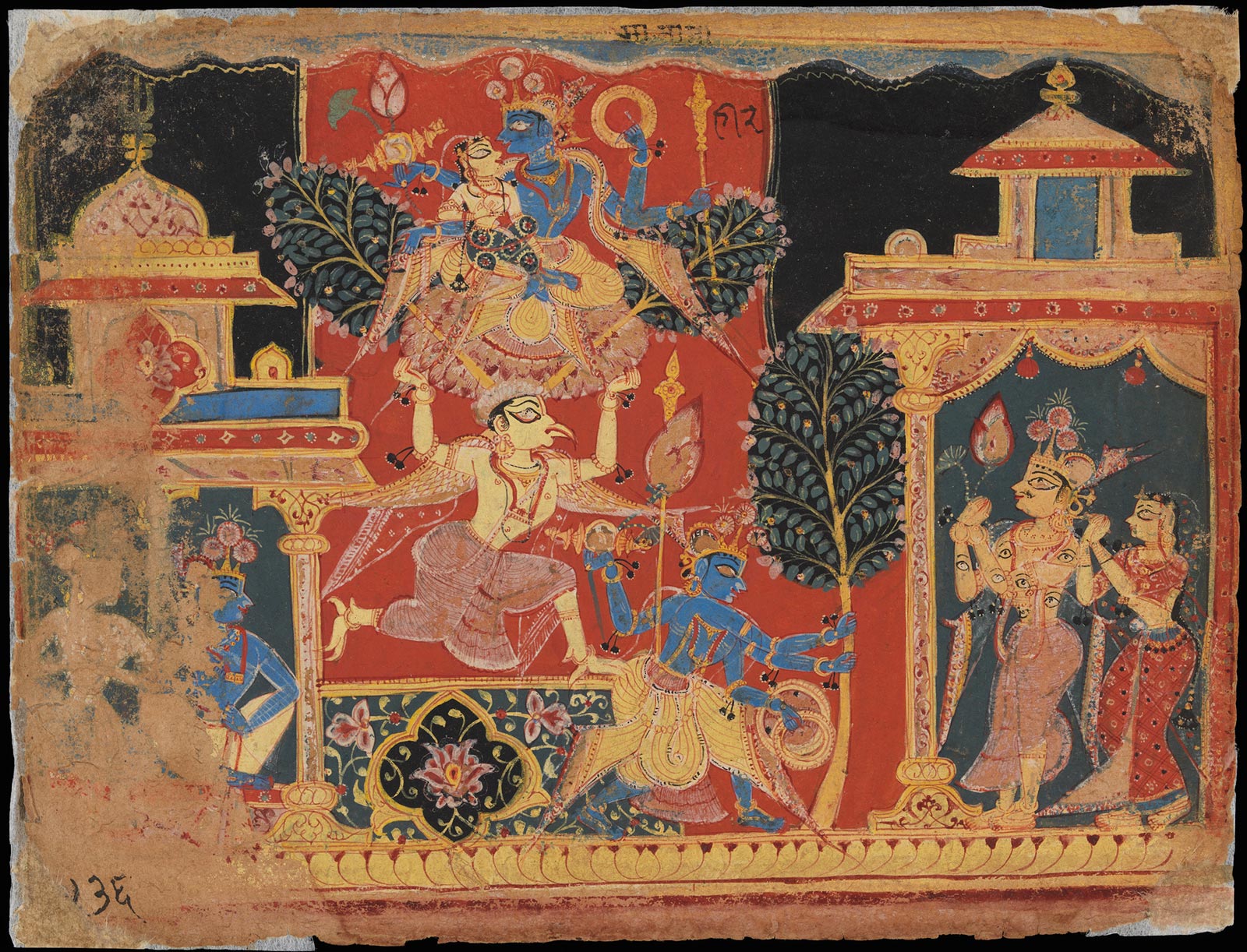
|
c. 1500 - 1600 AD |
| A Historian Recommends: Religion in Mughal India | |
| 1200-2020 | |
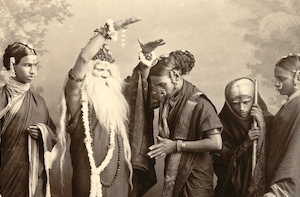
|
1200-2020 |
| Policing Untouchables and Producing Tamasha in Maharashtra | |
| 1530-1858 | |
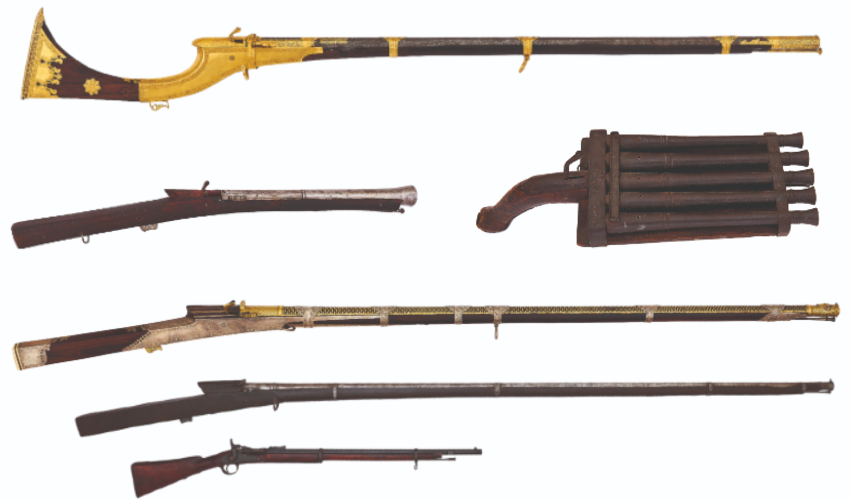
|
1530-1858 |
| Rajputs, Mughals and the Handguns of Hindustan | |
| 1575 | |
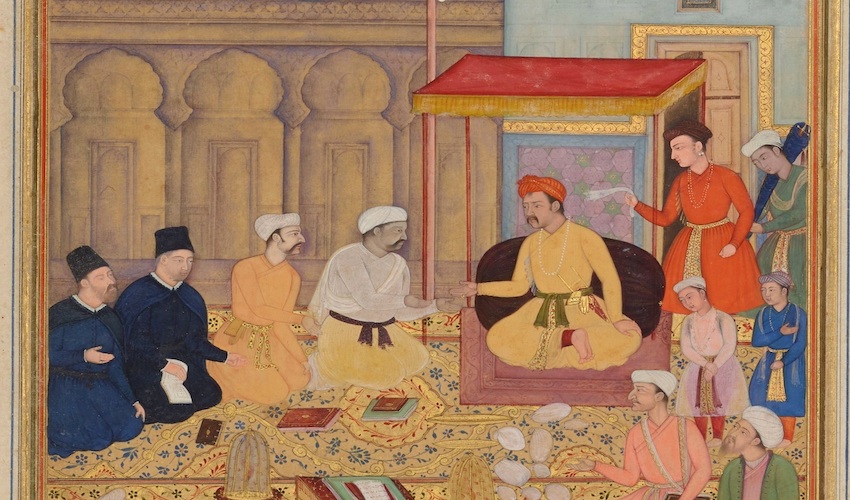
|
1575 |
| Abdul Qadir Badauni & Abul Fazl: Two Mughal Intellectuals in King Akbar‘s Court | |
| 1579 | |
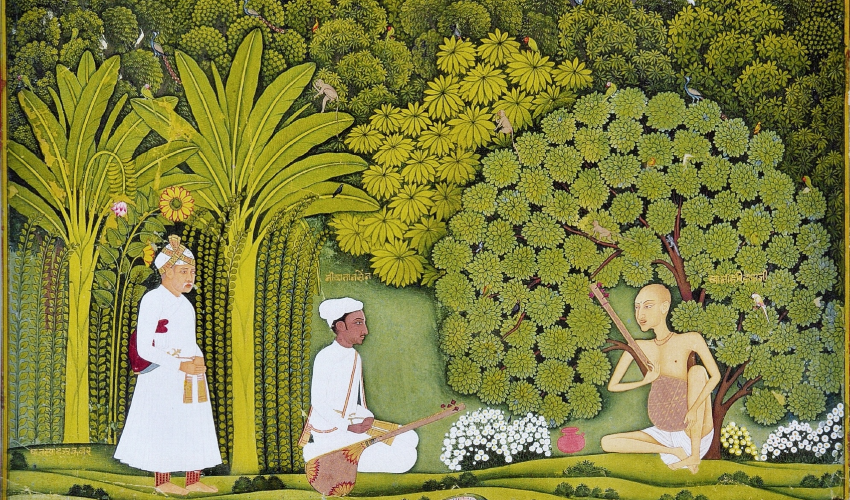
|
1579 |
| Padshah-i Islam | |
| 1550-1800 | |
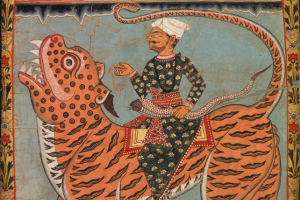
|
1550-1800 |
| Who are the Bengal Muslims? : Conversion and Islamisation in Bengal | |
| c. 1600 CE-1900 CE | |

|
c. 1600 CE-1900 CE |
| The Birth of a Community: UP’s Ghazi Miyan and Narratives of ‘Conquest’ | |
| 1553 - 1900 | |
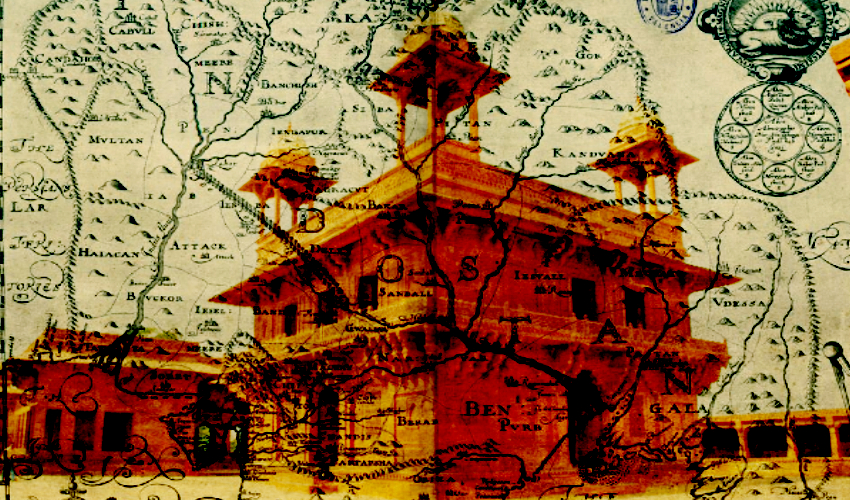
|
1553 - 1900 |
| What Happened to ‘Hindustan’? | |
| 1630-1680 | |
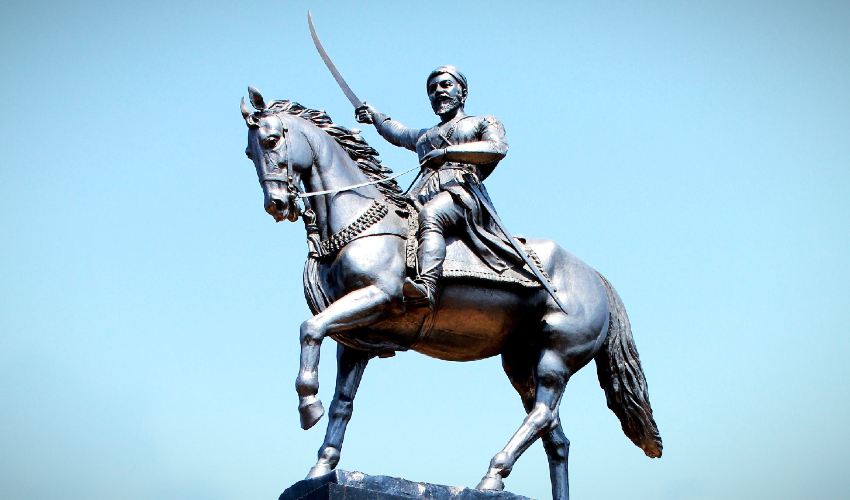
|
1630-1680 |
| Shivaji: Hindutva Icon or Secular Nationalist? | |
| 1630 -1680 | |
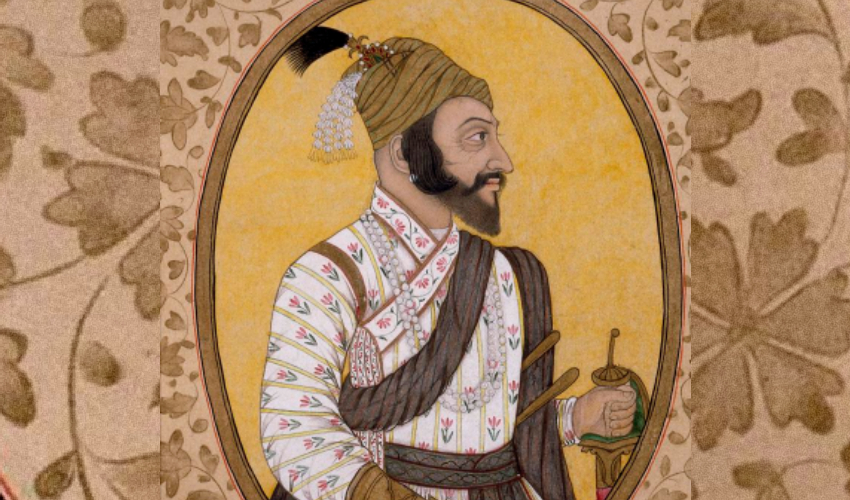
|
1630 -1680 |
| Shivaji: His Legacy & His Times | |
| c. 1724 – 1857 A.D. | |

|
c. 1724 – 1857 A.D. |
| Bahu Begum and the Gendered Struggle for Power | |
| 1818 - Present | |
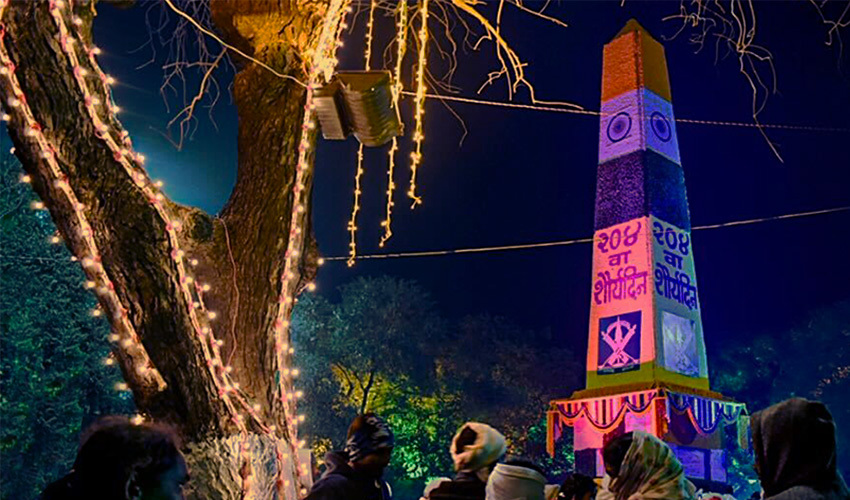
|
1818 - Present |
| The Contesting Memories of Bhima-Koregaon | |
| 1831 | |
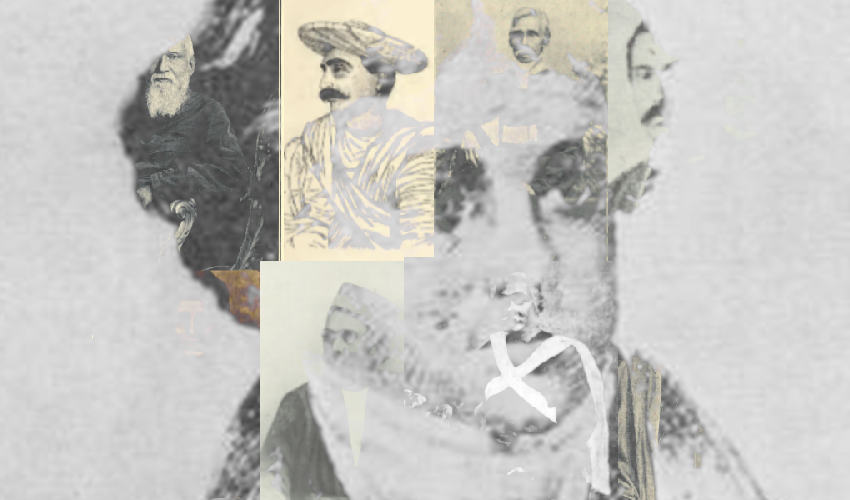
|
1831 |
| The Derozians’ India | |
| 1855 | |
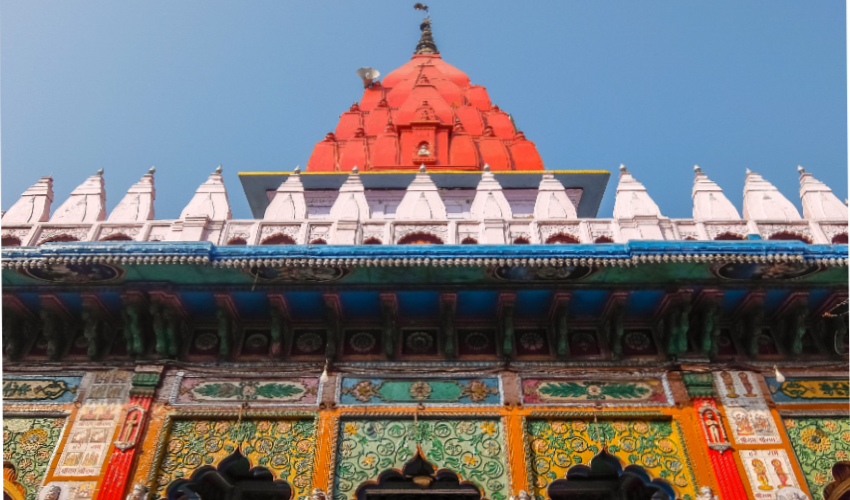
|
1855 |
| Ayodhya 1855 | |
| 1856 | |
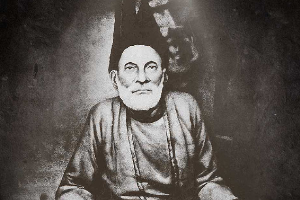
|
1856 |
| “Worshipping the dead is not an auspicious thing” — Ghalib | |
| 1857 | |
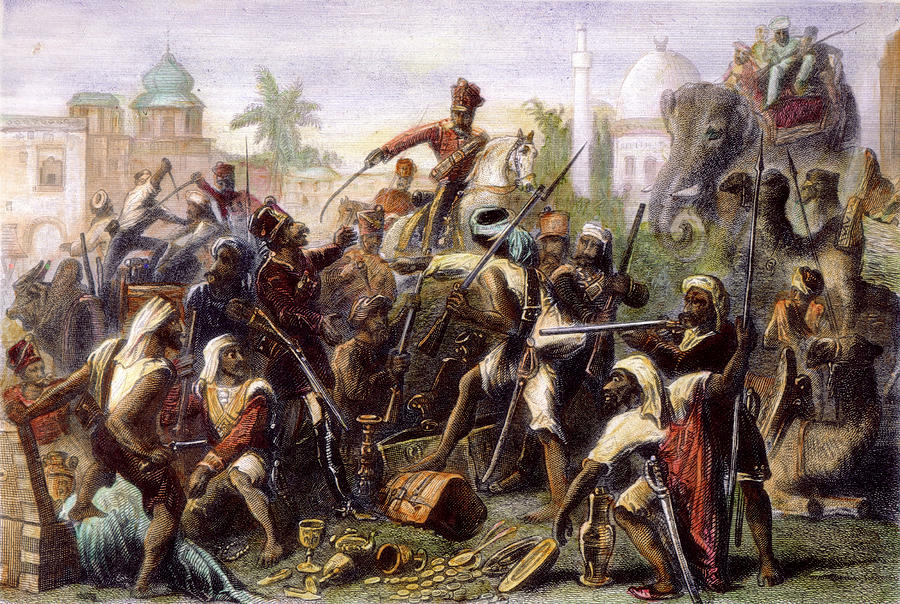
|
1857 |
| A Subaltern speaks: Dalit women’s counter-history of 1857 | |
| 1858 - 1976 | |
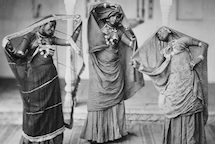
|
1858 - 1976 |
| Lifestyle as Resistance: The Curious Case of the Courtesans of Lucknow | |
| 1883 - 1894 | |
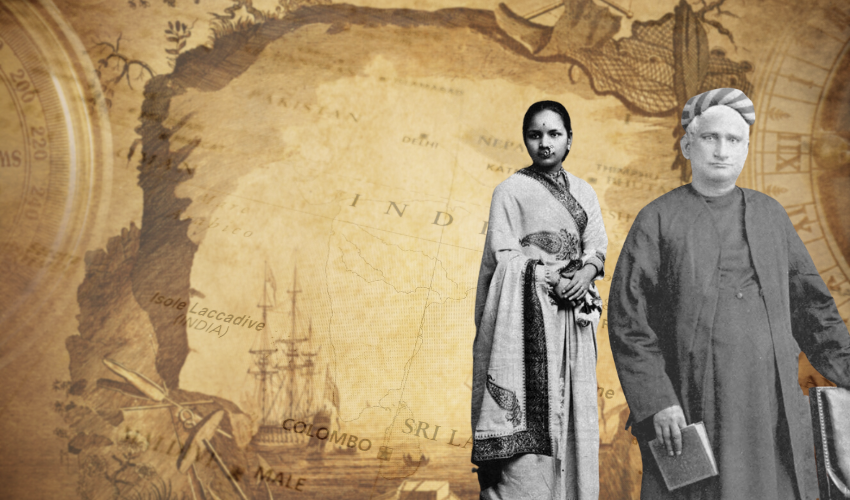
|
1883 - 1894 |
| The Sea Voyage Question: A Nineteenth century Debate | |
| 1887 | |
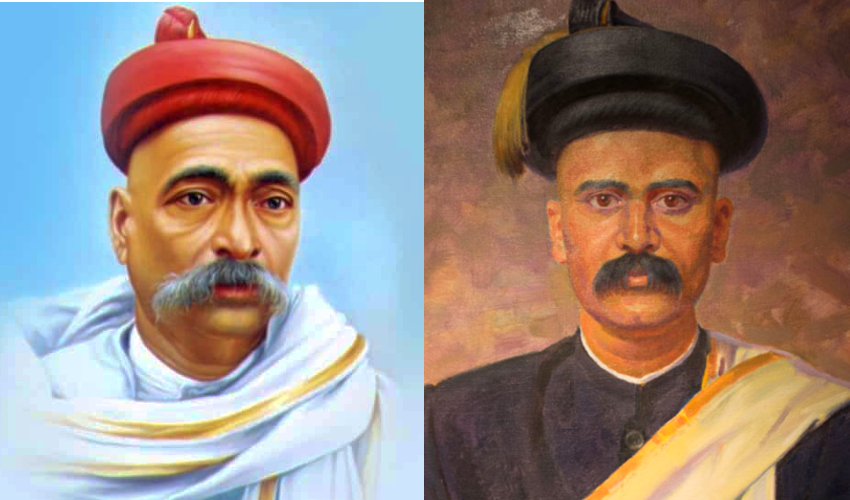
|
1887 |
| The Great Debaters: Tilak Vs. Agarkar | |
| 1893-1946 | |

|
1893-1946 |
| A Historian Recommends: Gandhi Vs. Caste | |
| 1897 | |
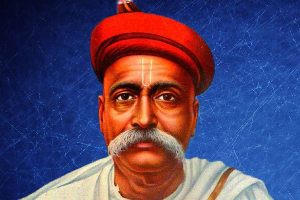
|
1897 |
| Queen Empress vs. Bal Gangadhar Tilak: An Autopsy | |
| 1913 - 1916 Modern Review | |

|
1913 - 1916 |
| A Young Ambedkar in New York | |
| 1916 | |
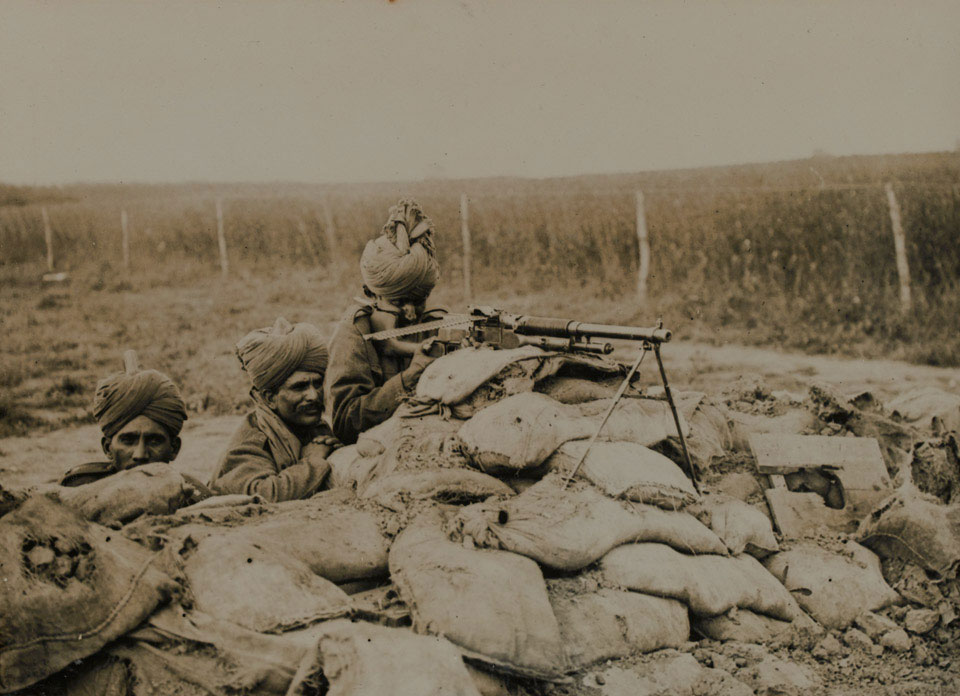
|
1916 |
| A Rare Account of World War I by an Indian Soldier | |
| 1917 | |
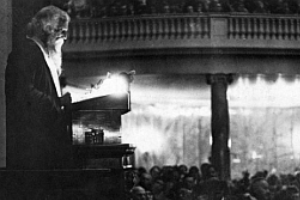
|
1917 |
| On Nationalism, by Tagore | |
| 1918 - 1919 | |
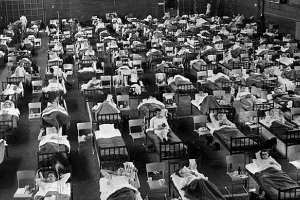
|
1918 - 1919 |
| What Happened to the Virus That Caused the World’s Deadliest Pandemic? | |
| 1920 - 1947 | |
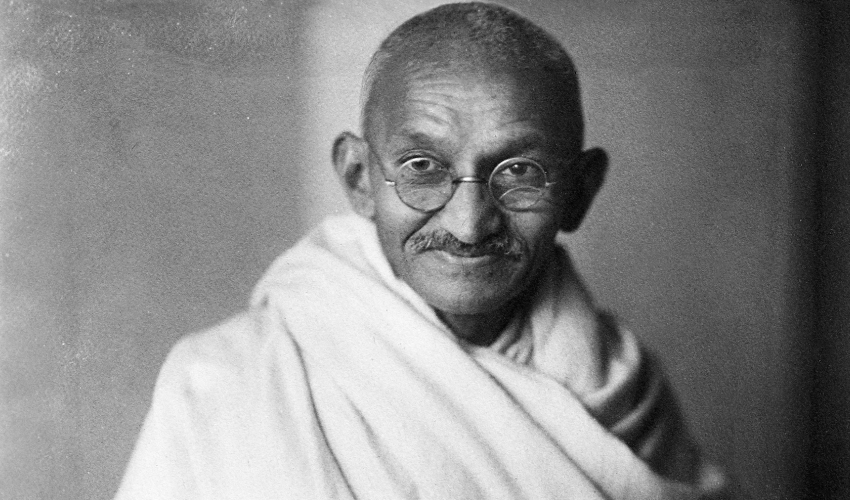
|
1920 - 1947 |
| How One Should Celebrate Diwali, According to Gandhi | |
| 1921 | |
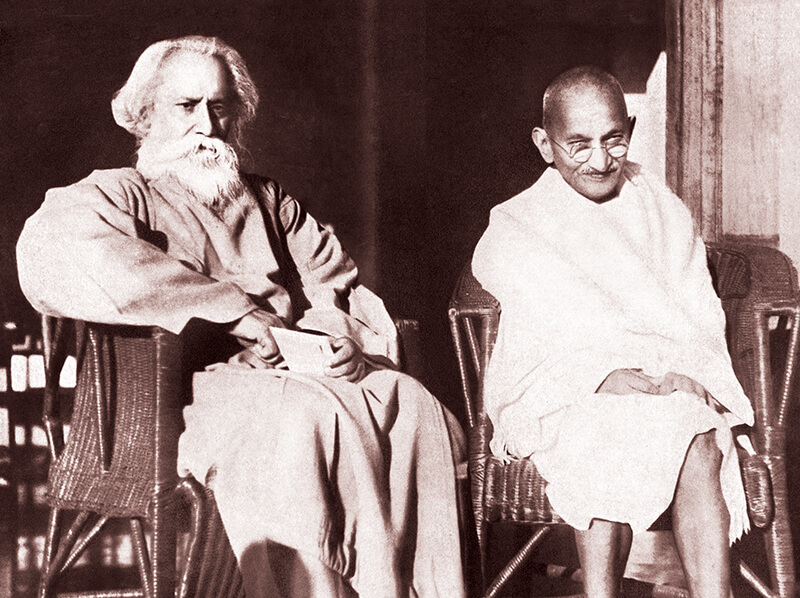
|
1921 |
| Great Debates: Tagore Vs. Gandhi (1921) | |
| 1921 - 2015 | |

|
1921 - 2015 |
| A History of Caste Politics and Elections in Bihar | |
| 1915-1921 | |

|
1915-1921 |
| The Satirical Genius of Gaganendranath Tagore | |
| 1924-1937 | |
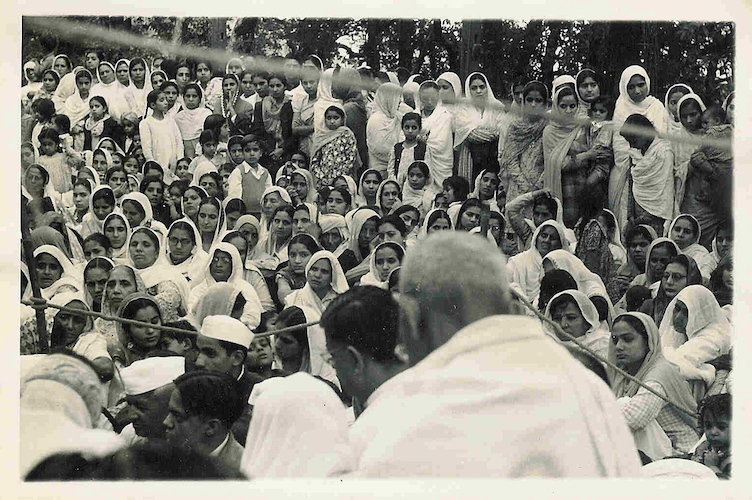
|
1924-1937 |
| What were Gandhi’s Views on Religious Conversion? | |
| 1900-1950 | |
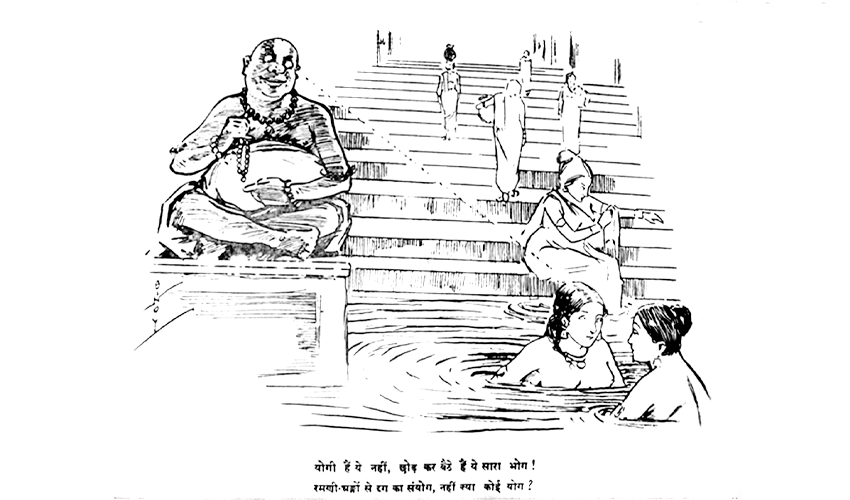
|
1900-1950 |
| Gazing at the Woman’s Body: Historicising Lust and Lechery in a Patriarchal Society | |
| 1925, 1926 | |
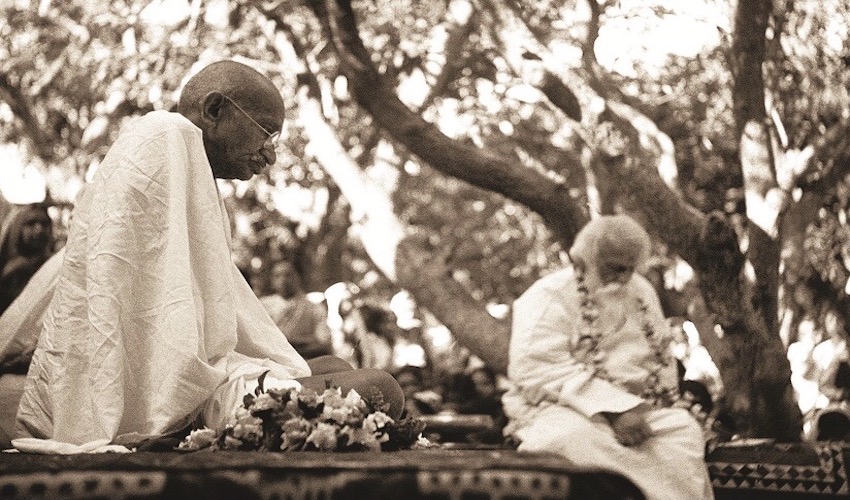
|
1925, 1926 |
| Great Debates: Tagore vs Gandhi (1925-1926) | |
| 1928 | |
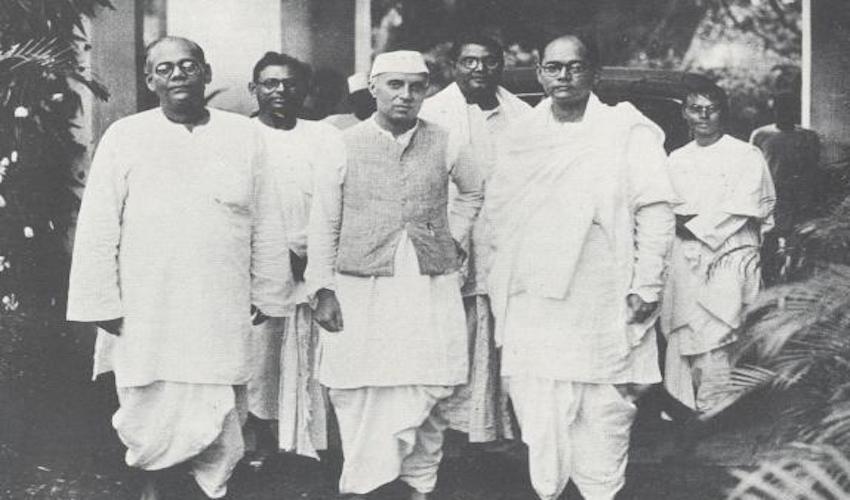
|
1928 |
| Bhagat Singh’s dilemma: Nehru or Bose? | |
| 1930 Modern Review | |
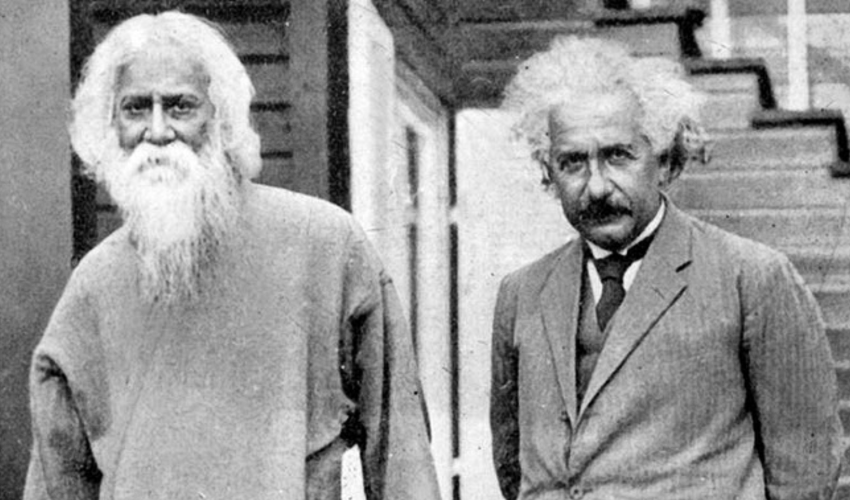
|
1930 |
| The Modern Review Special: On the Nature of Reality | |
| 1932 | |
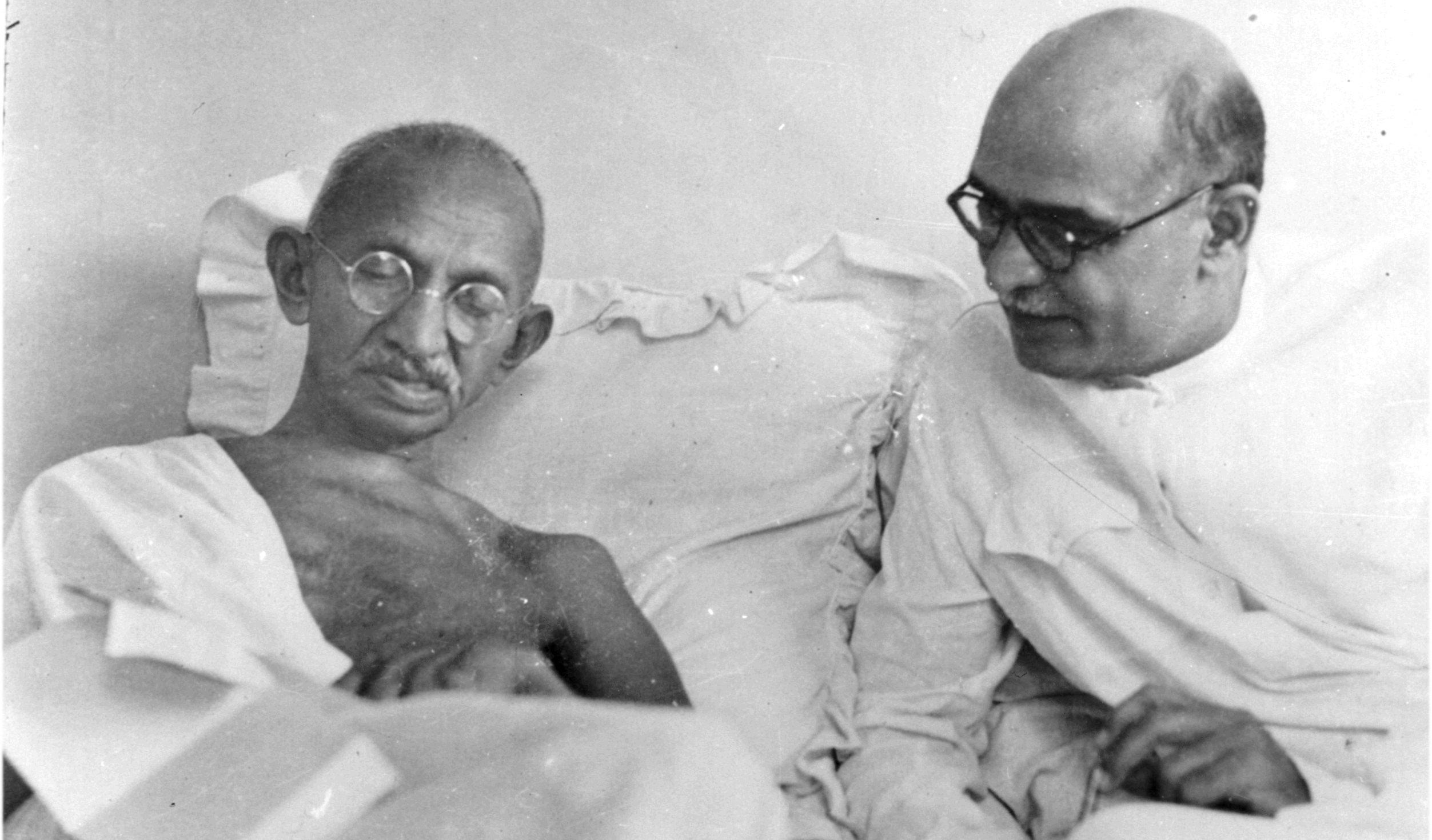
|
1932 |
| Caste, Gandhi and the Man Beside Gandhi | |
| 1933 - 1991 | |
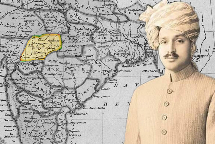
|
1933 - 1991 |
| Raghubir Sinh: The Prince Who Would Be Historian | |
| 1935 | |
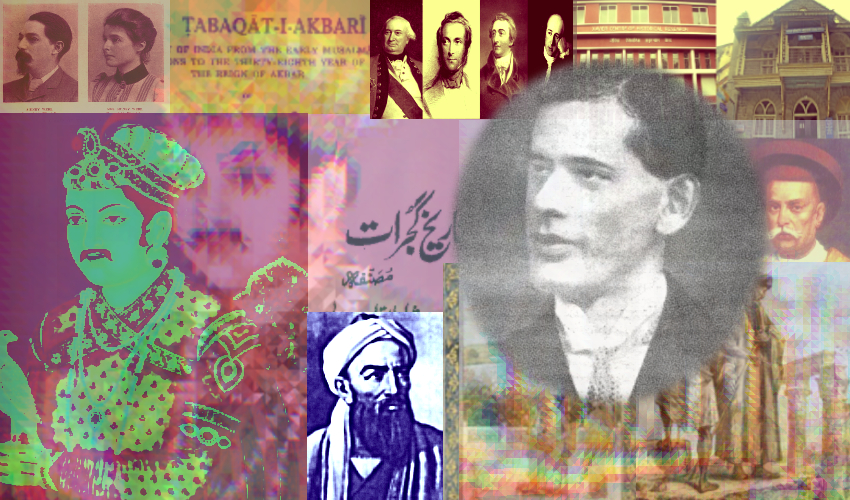
|
1935 |
| A Historian Recommends: SA Khan’s Timeless Presidential Address | |
| 1865-1928 | |
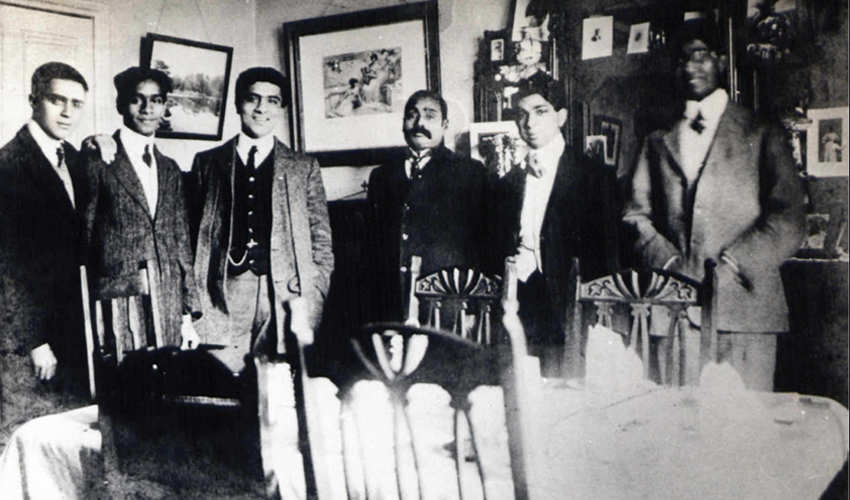
|
1865-1928 |
| Understanding Lajpat Rai’s Hindu Politics and Secularism | |
| 1935 Modern Review | |
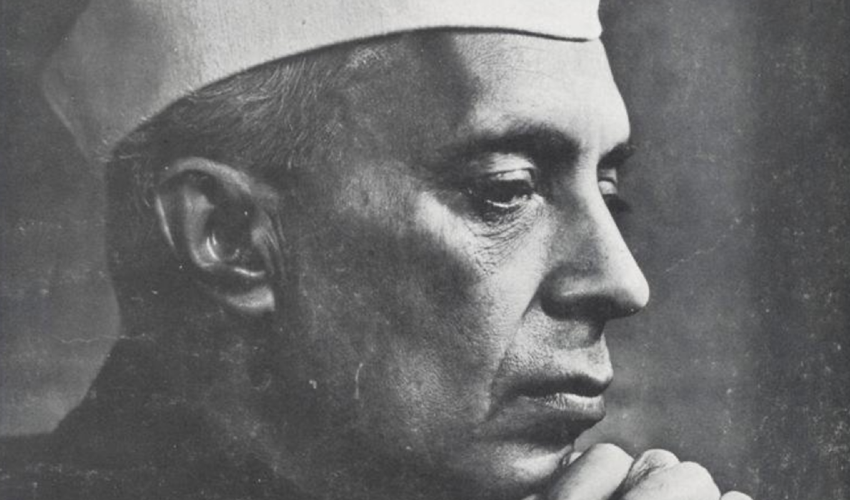
|
1935 |
| The Modern Review Special: The Mind of a Judge | |
| 1936 Modern Review | |
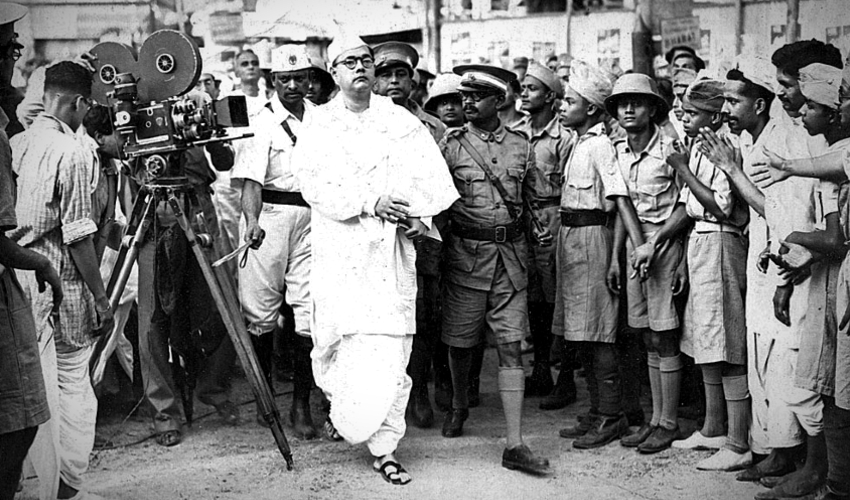
|
1936 |
| The Modern Review Special: When Netaji Subhas Bose Was Wrongfully Detained for ‘Terrorism’ | |
| 1936 | |

|
1936 |
| Annihilation of Caste: Part 1 | |
| 1936 Modern Review | |

|
1936 |
| The Modern Review Special: An Indian MP in the British Parliament | |
| 1936 | |
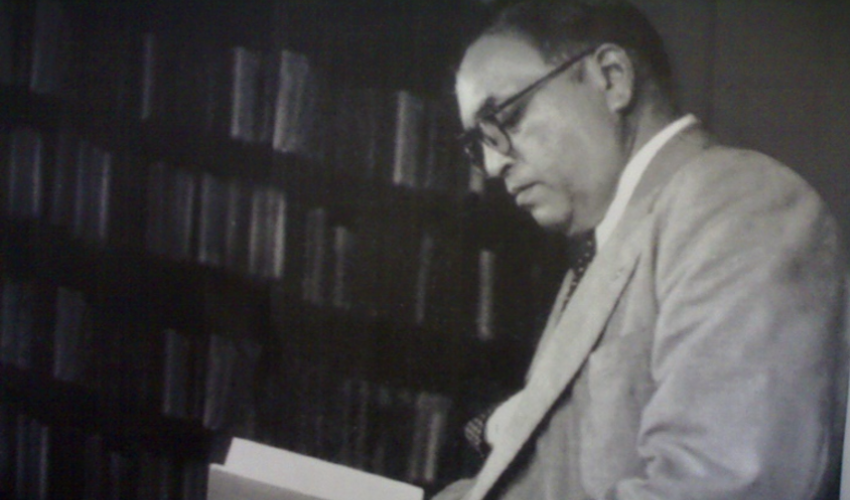
|
1936 |
| Annihilation of Caste: Part 2 | |
| 1936 | |

|
1936 |
| A Reflection of His Age: Munshi Premchand on the True Purpose of Literature | |
| 1936 Modern Review | |
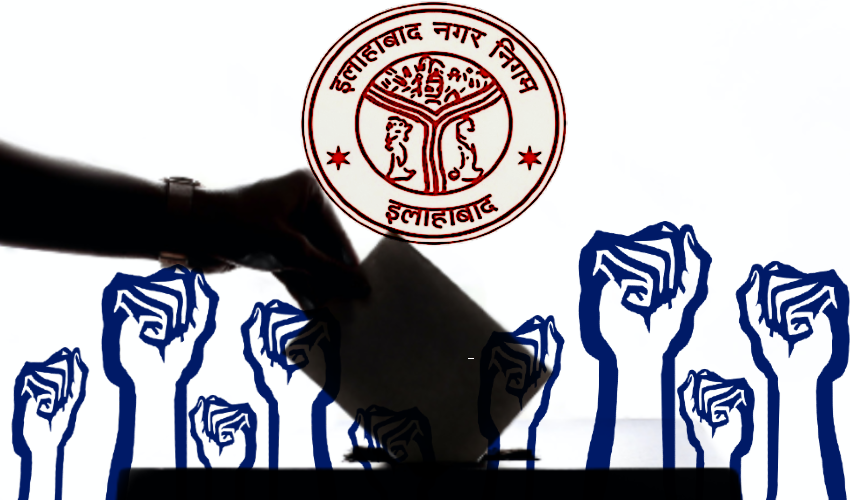
|
1936 |
| The Modern Review Special: The Defeat of a Dalit Candidate in a 1936 Municipal Election | |
| 1937 Modern Review | |
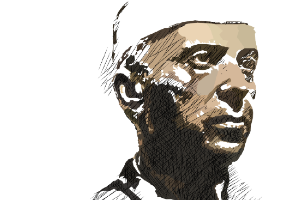
|
1937 |
| The Modern Review Special: Rashtrapati | |
| 1938 | |
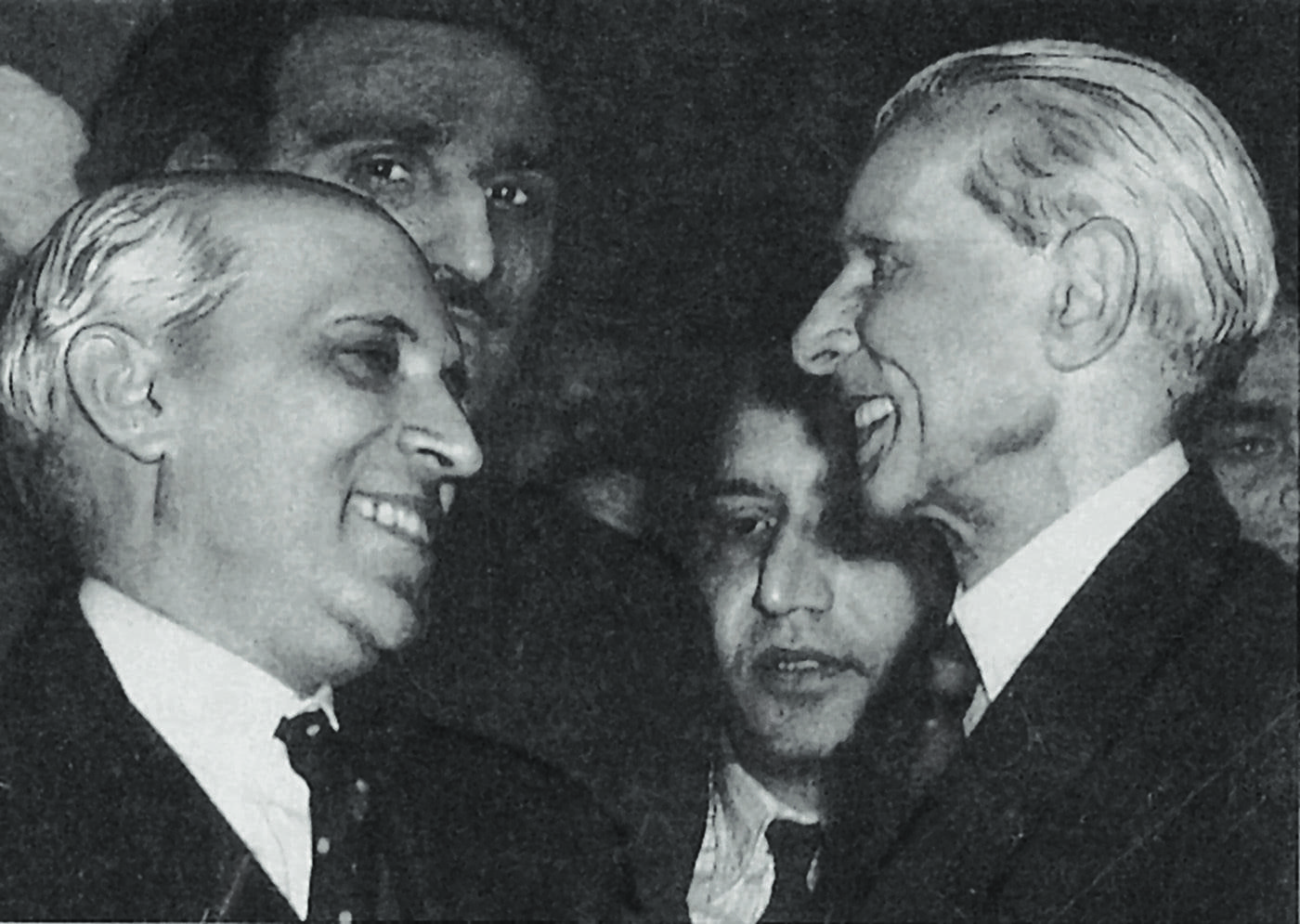
|
1938 |
| Great Debates: Nehru Vs. Jinnah (1938) | |
| 1942 Modern Review | |
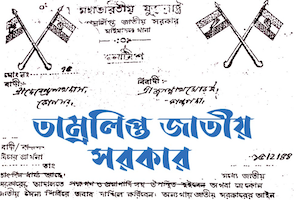
|
1942 |
| IHC Uncovers: A Parallel Government In British India (Part 1) | |
| 1942-1945 | |

|
1942-1945 |
| IHC Uncovers: A Parallel Government in British India (Part 2) | |
| 1946 | |
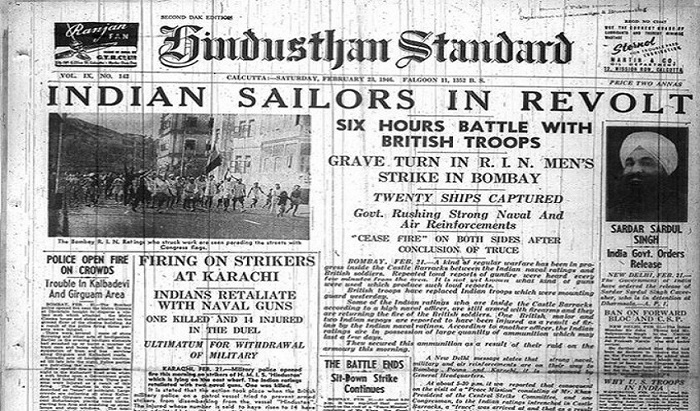
|
1946 |
| Our Last War of Independence: The Royal Indian Navy Mutiny of 1946 | |
| 1946 | |
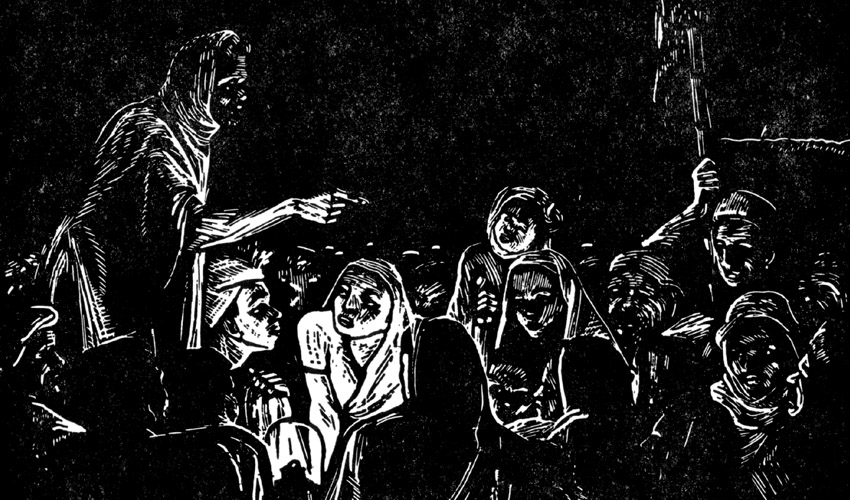
|
1946 |
| An Artist’s Account of the Tebhaga Movement in Pictures And Prose | |
| 1946 – 1947 | |

|
1946 – 1947 |
| “The Most Democratic People on Earth” : An Adivasi Voice in the Constituent Assembly | |
| 1946-1947 | |
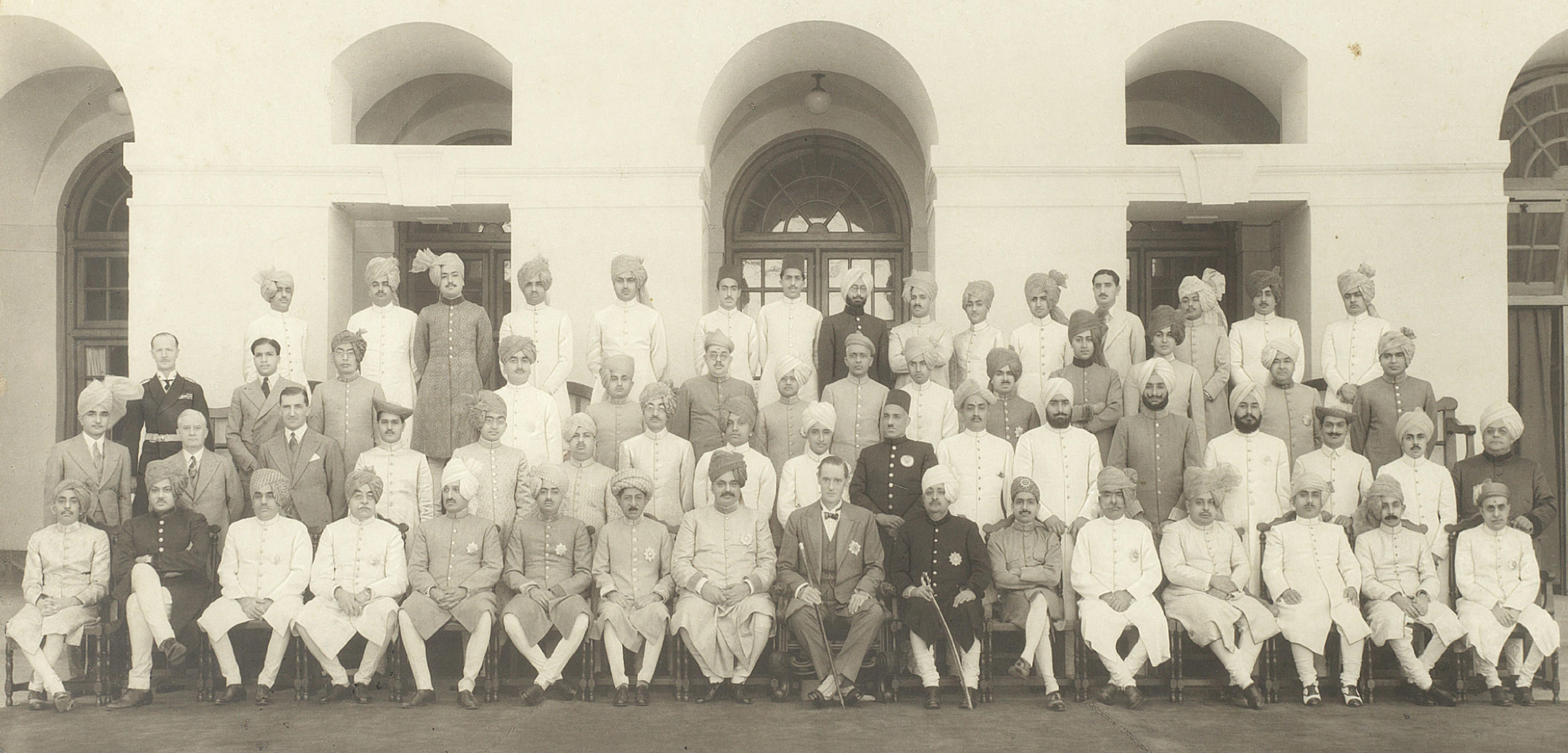
|
1946-1947 |
| VP Menon and the Birth of Independent India | |
| 1916 - 1947 | |
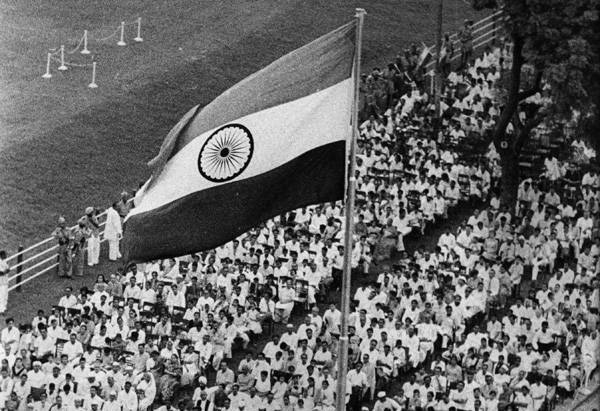
|
1916 - 1947 |
| 8 @ 75: 8 Speeches Independent Indians Must Read | |
| 1947-1951 | |
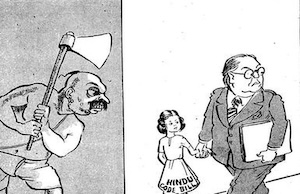
|
1947-1951 |
| Ambedkar Cartoons: The Joke’s On Us | |
| 1948 | |

|
1948 |
| “My Father, Do Not Rest” | |
| 1940-1960 | |

|
1940-1960 |
| Integration Myth: A Silenced History of Hyderabad | |
| 1948 | |
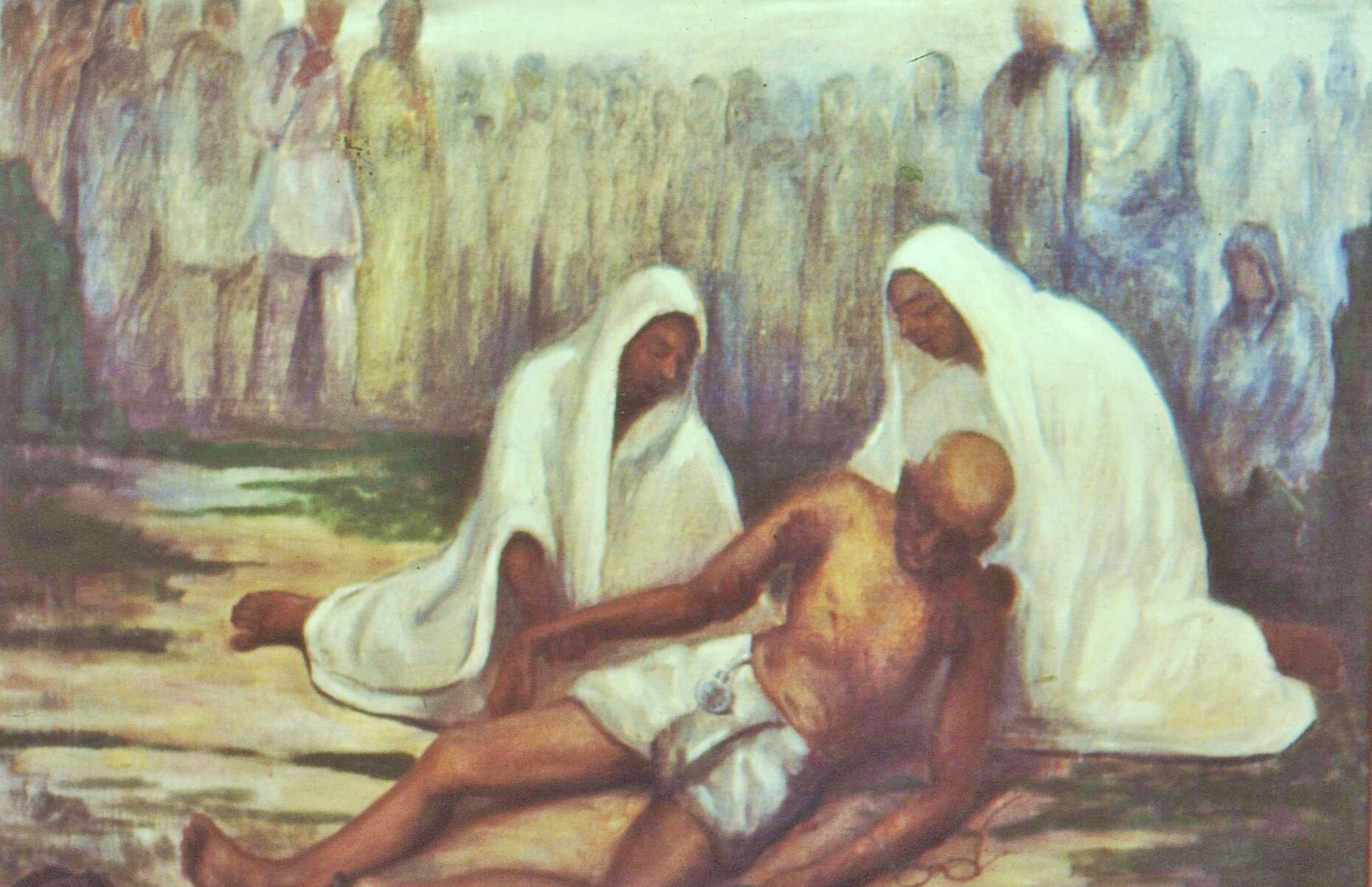
|
1948 |
| The Assassination of a Mahatma, the Princely States and the ‘Hindu’ Nation | |
| 1949 | |
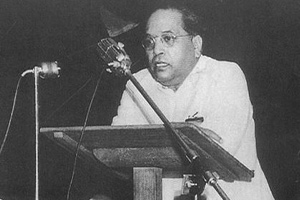
|
1949 |
| Ambedkar warns against India becoming a ‘Democracy in Form, Dictatorship in Fact’ | |
| 1950 | |
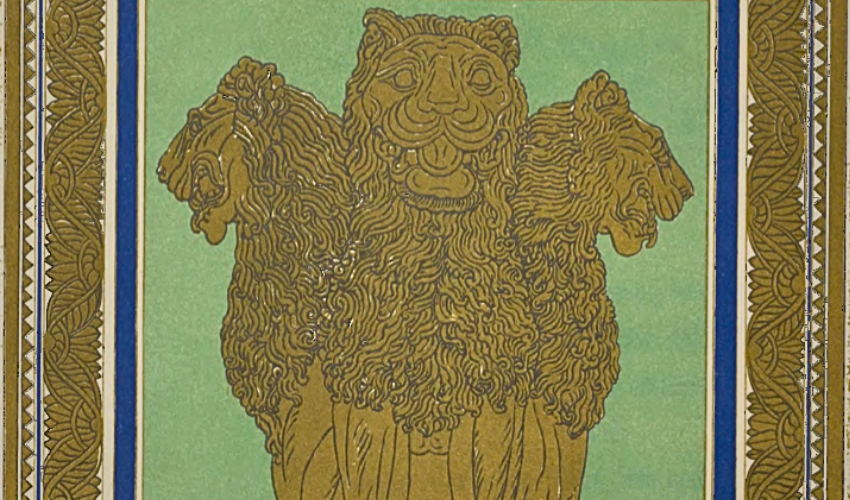
|
1950 |
| Illustrations from the constitution | |
| 1951 | |
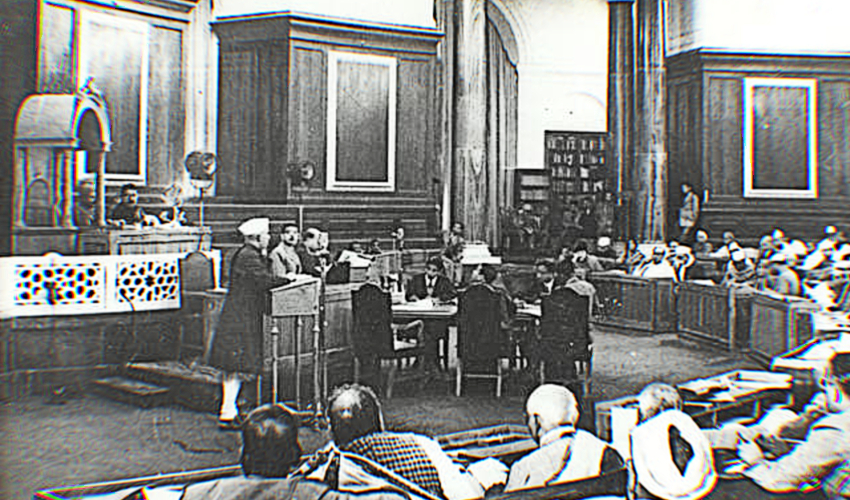
|
1951 |
| How the First Amendment to the Indian Constitution Circumscribed Our Freedoms & How it was Passed | |
| 1967 | |
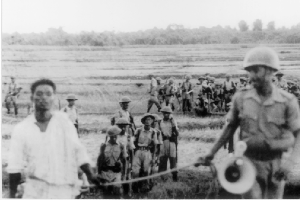
|
1967 |
| Once Upon A Time In Naxalbari | |
| 1970 | |
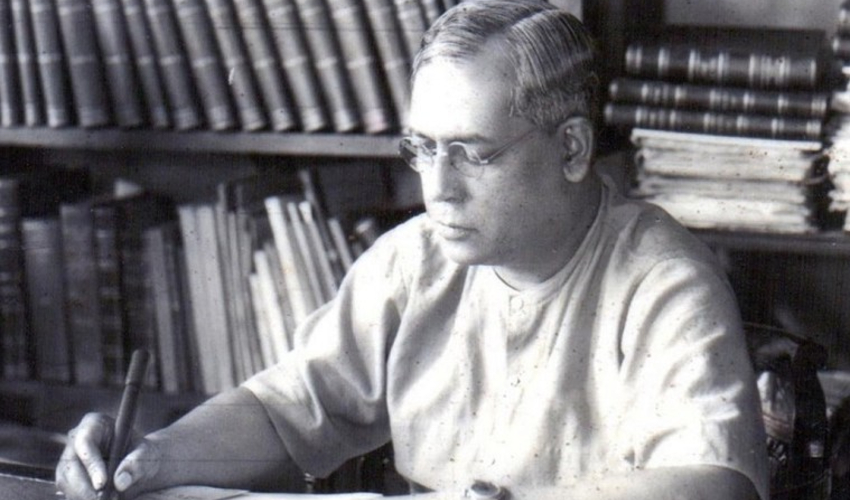
|
1970 |
| R.C. Majumdar on Shortcomings in Indian Historiography | |
| 1973 - 1993 | |
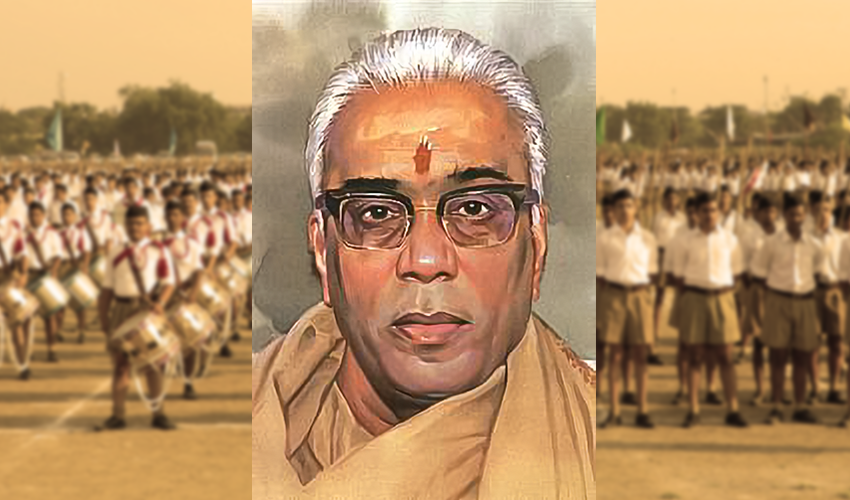
|
1973 - 1993 |
| Balasaheb Deoras: Kingmaker of the Sangh | |
| 1975 | |
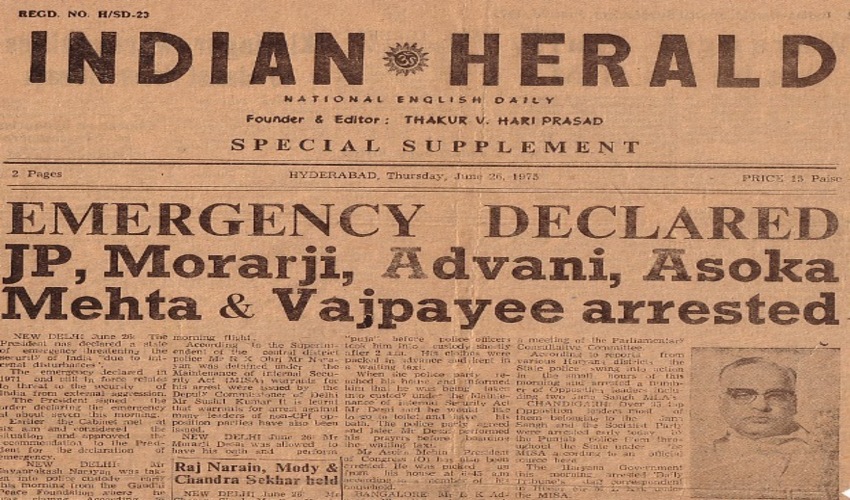
|
1975 |
| The Emergency Package: Shadow Power | |
| 1975 | |

|
1975 |
| The Emergency Package: The Prehistory of Turkman Gate – Population Control | |
| 1977 – 2011 | |
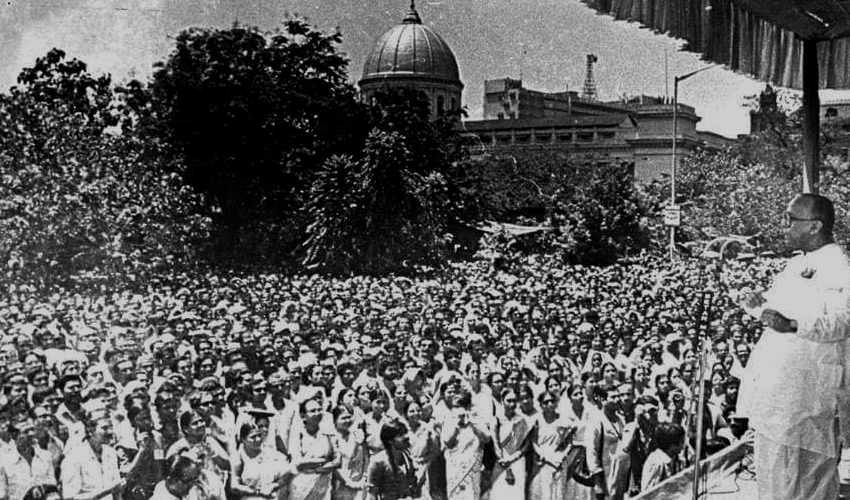
|
1977 – 2011 |
| Power is an Unforgiving Mistress: Lessons from the Decline of the Left in Bengal | |
| 1984 | |

|
1984 |
| Mrs Gandhi’s Final Folly: Operation Blue Star | |
| 1916-2004 | |
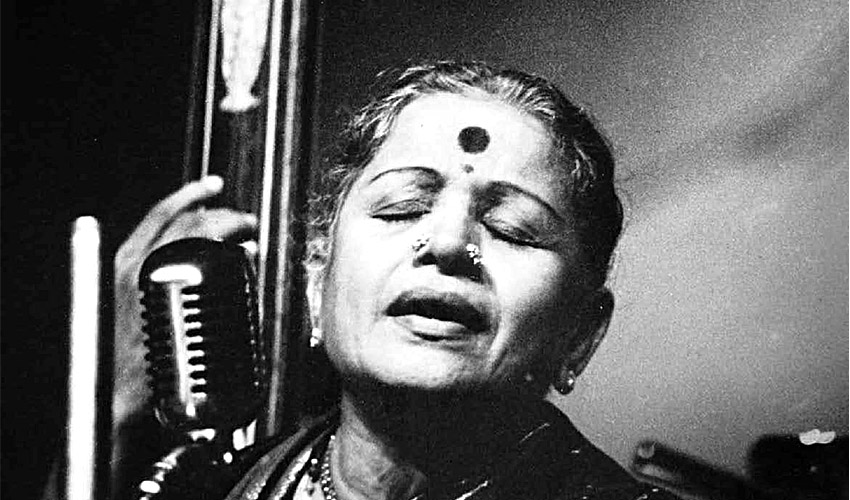
|
1916-2004 |
| Amjad Ali Khan on M.S. Subbulakshmi: “A Glorious Chapter for Indian Classical Music” | |
| 2008 | |
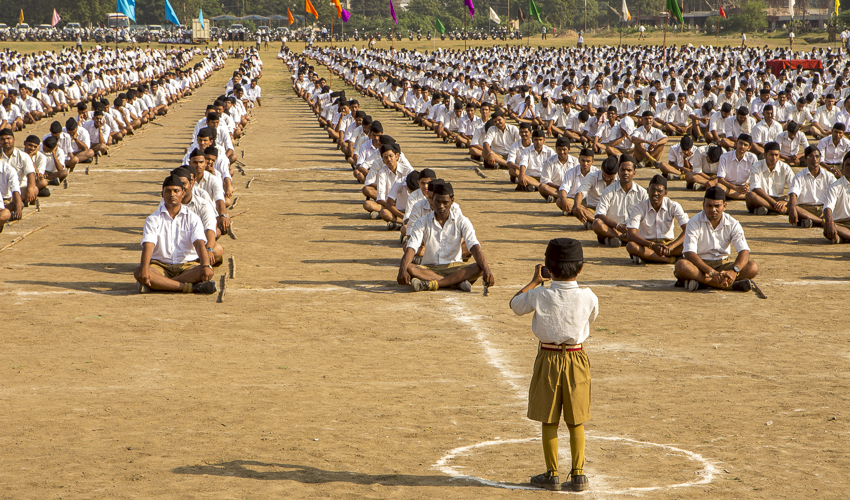
|
2008 |
| Whose History Textbook Is It Anyway? | |
| 2006 - 2009 | |
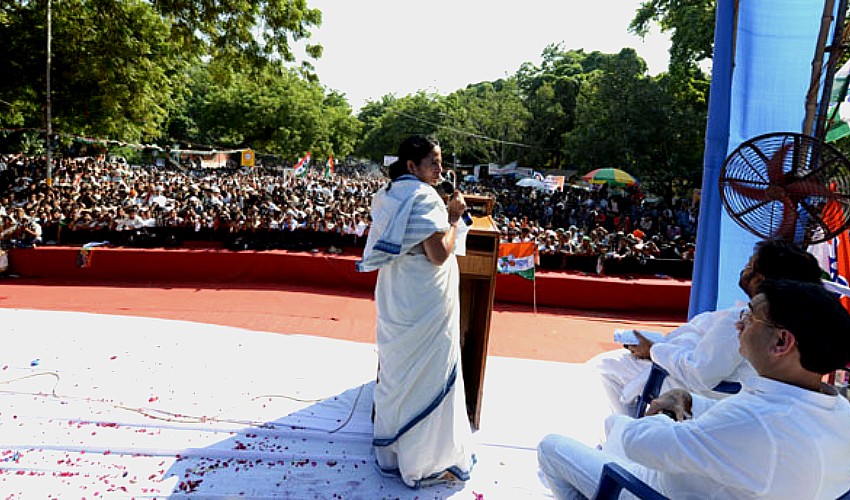
|
2006 - 2009 |
| Singur-Nandigram-Lalgarh: Movements that Remade Mamata Banerjee | |
| 2020 | |

|
2020 |
| The Indo-China Conflict: 10 Books We Need To Read | |
| 2021 | |

|
2021 |
| Singing/Writing Liberation: Dalit Women’s Narratives | |
Leave a Reply